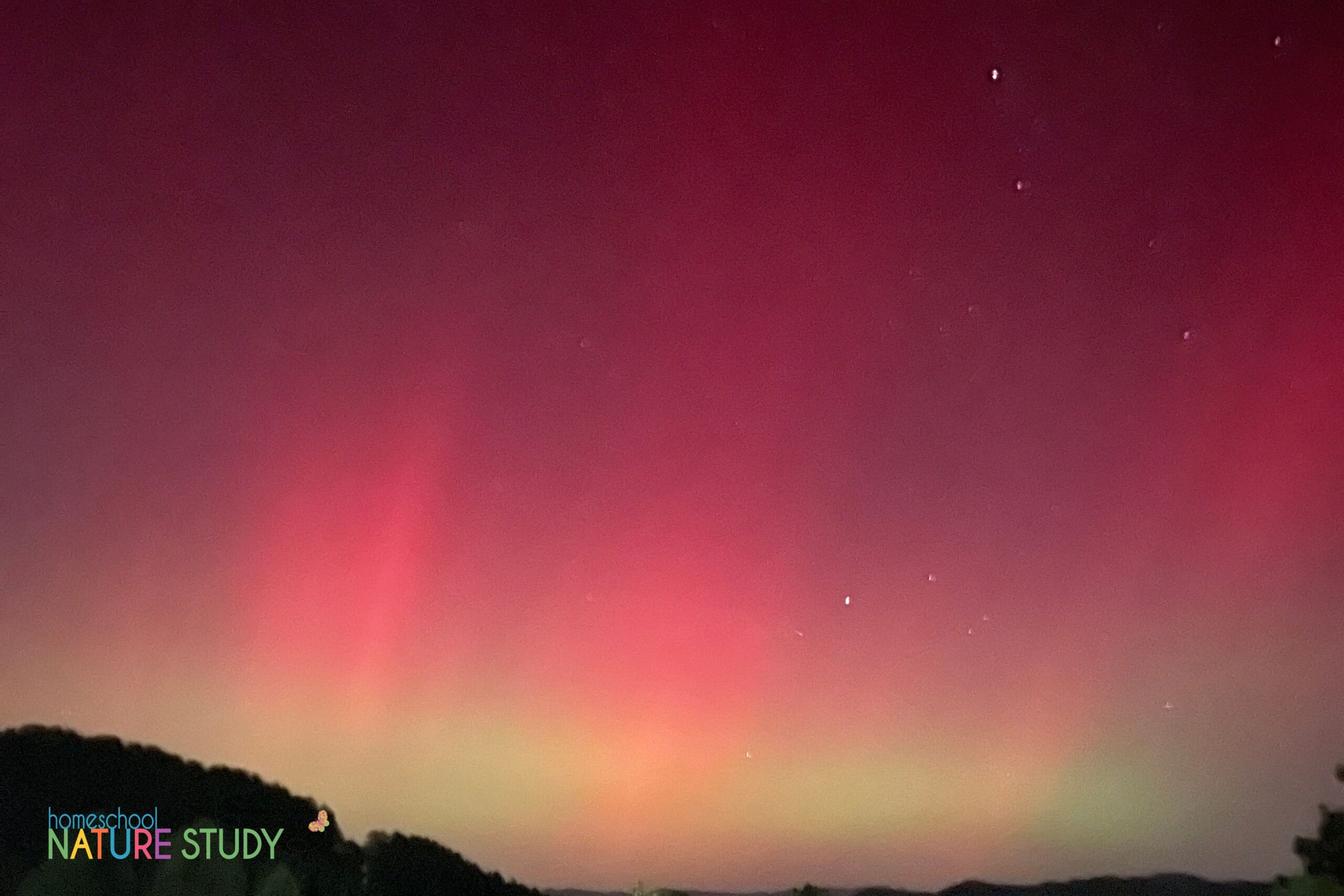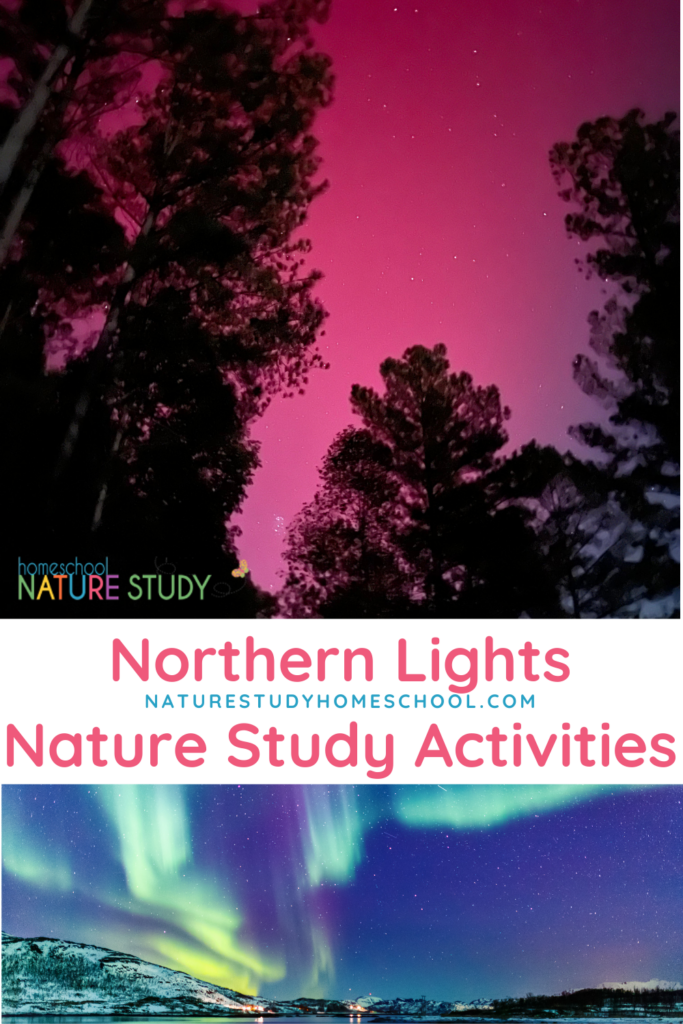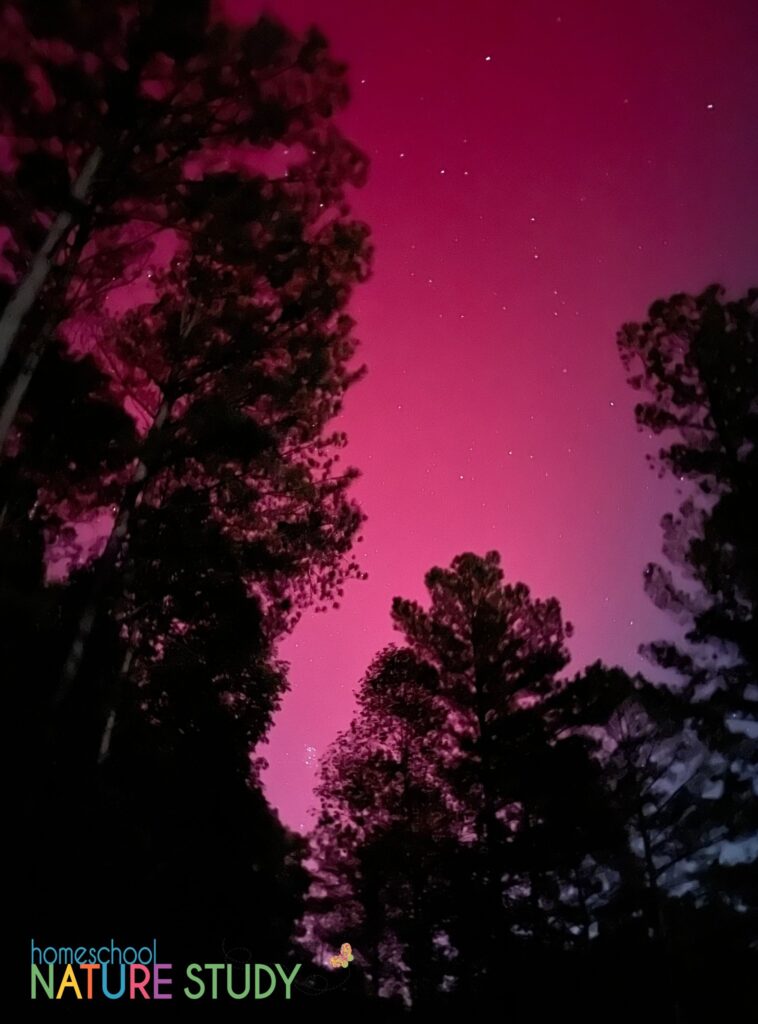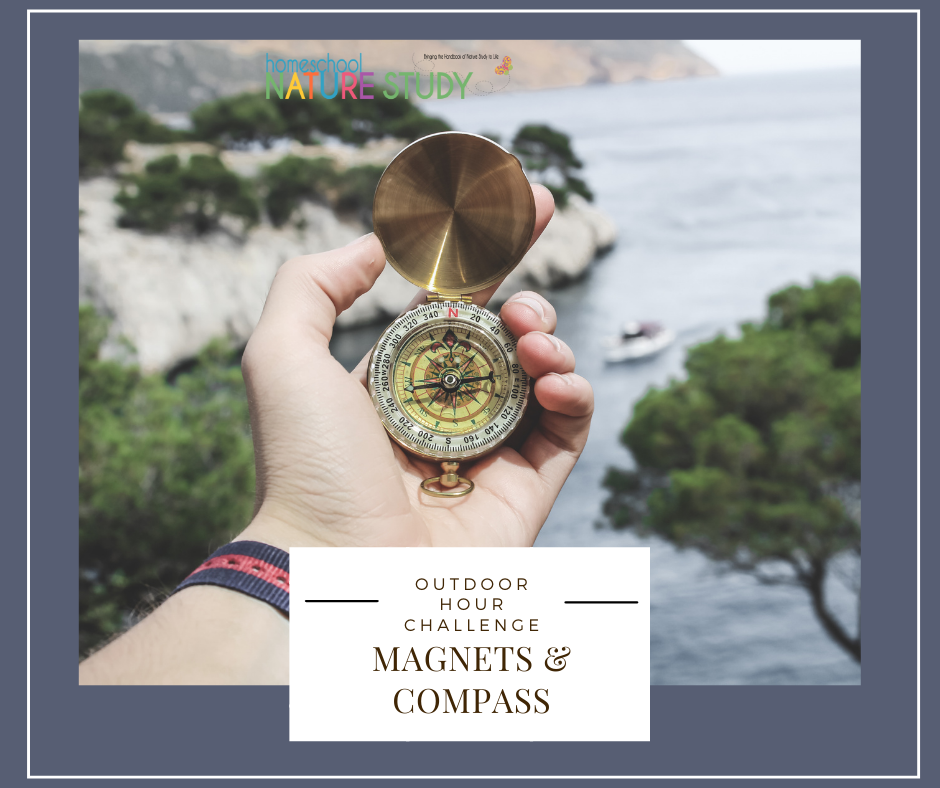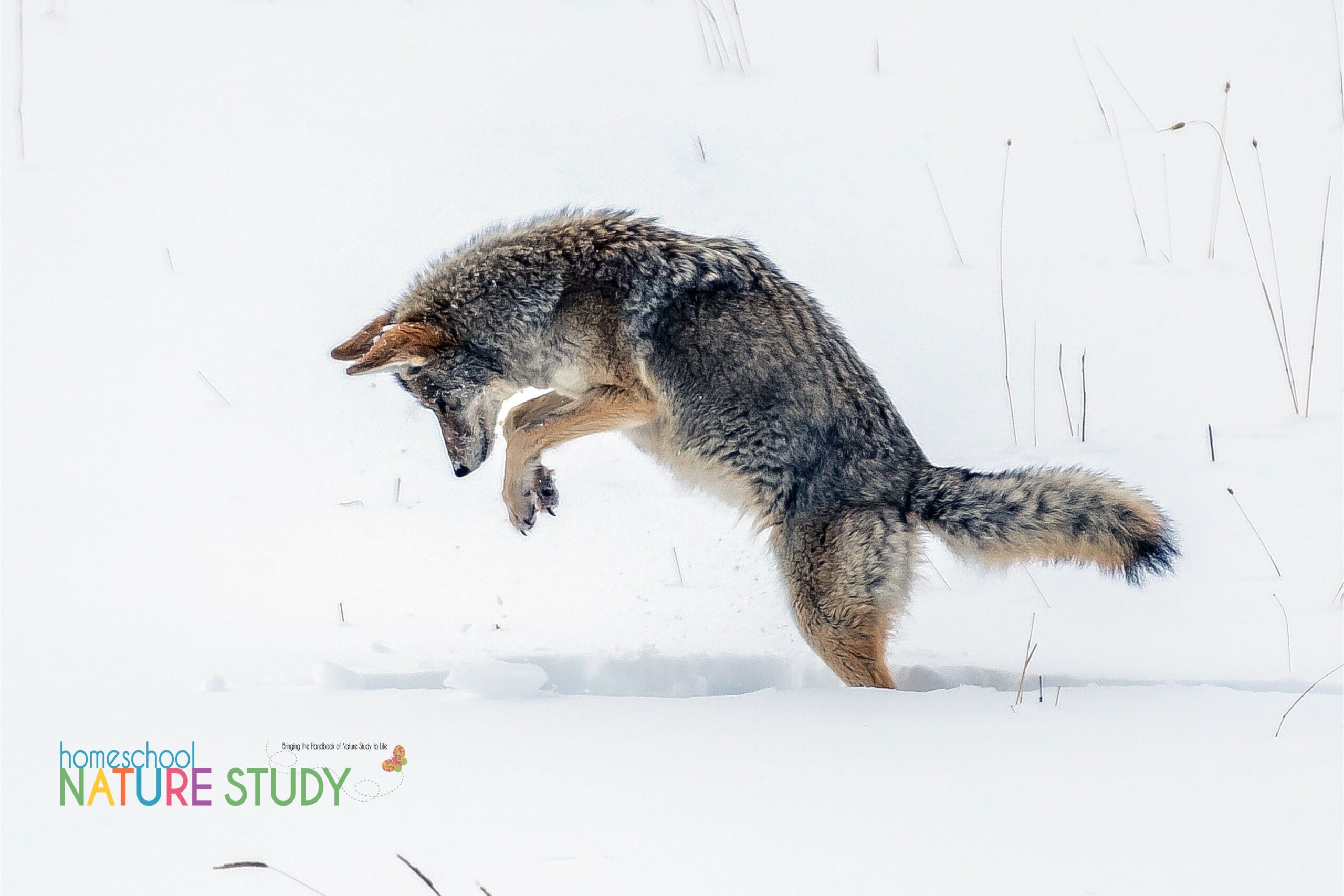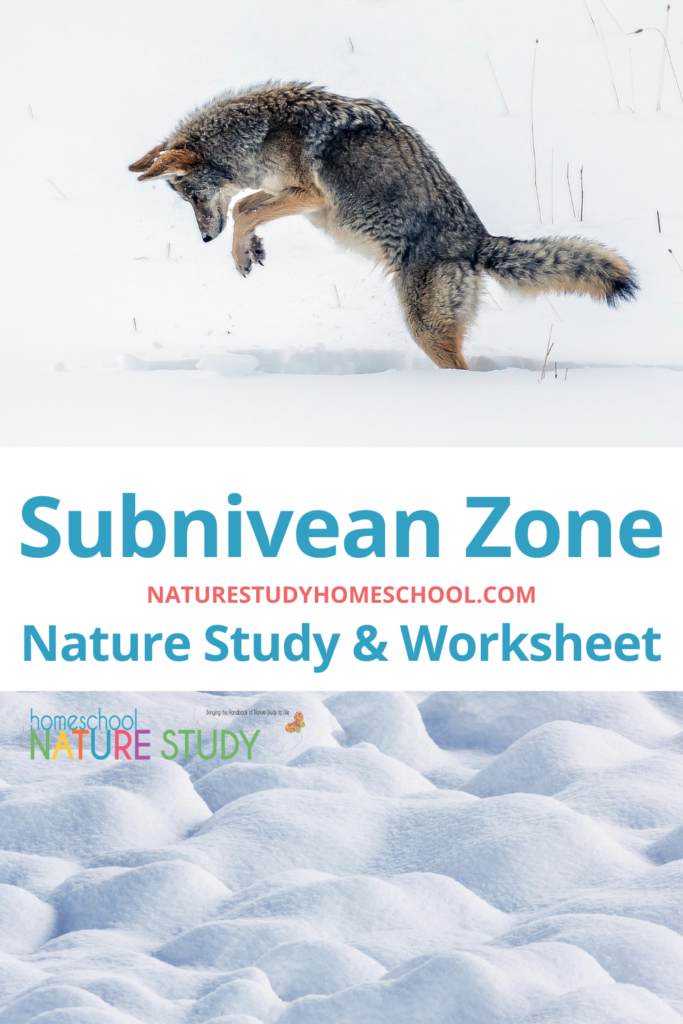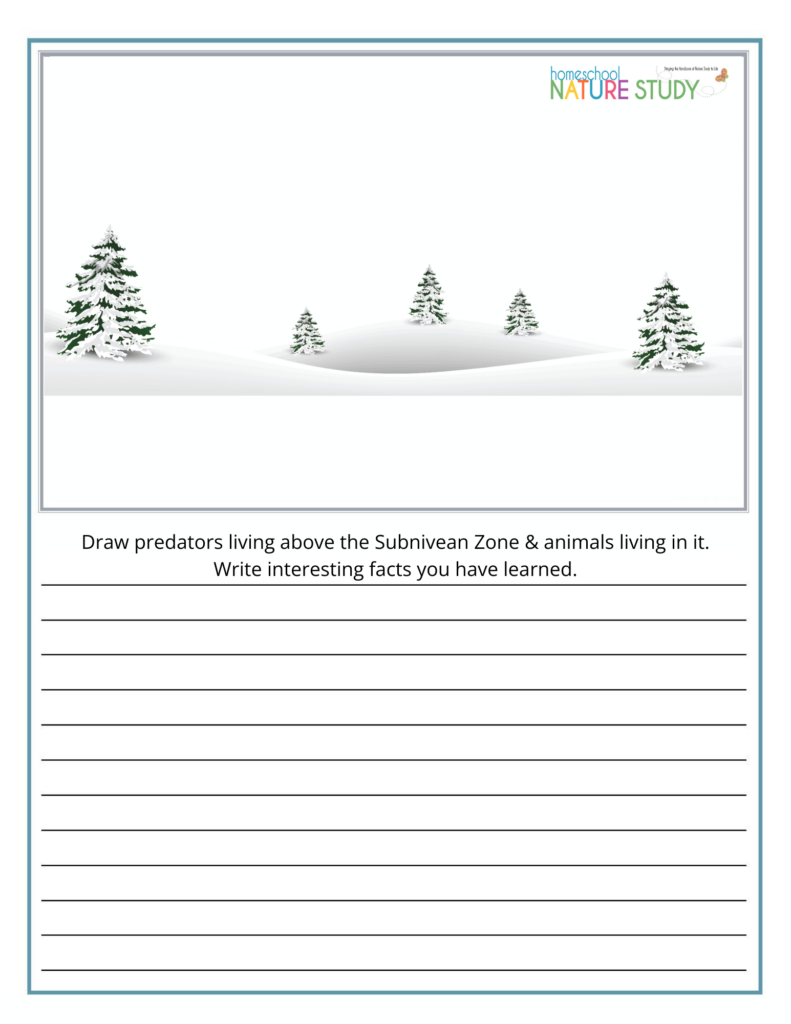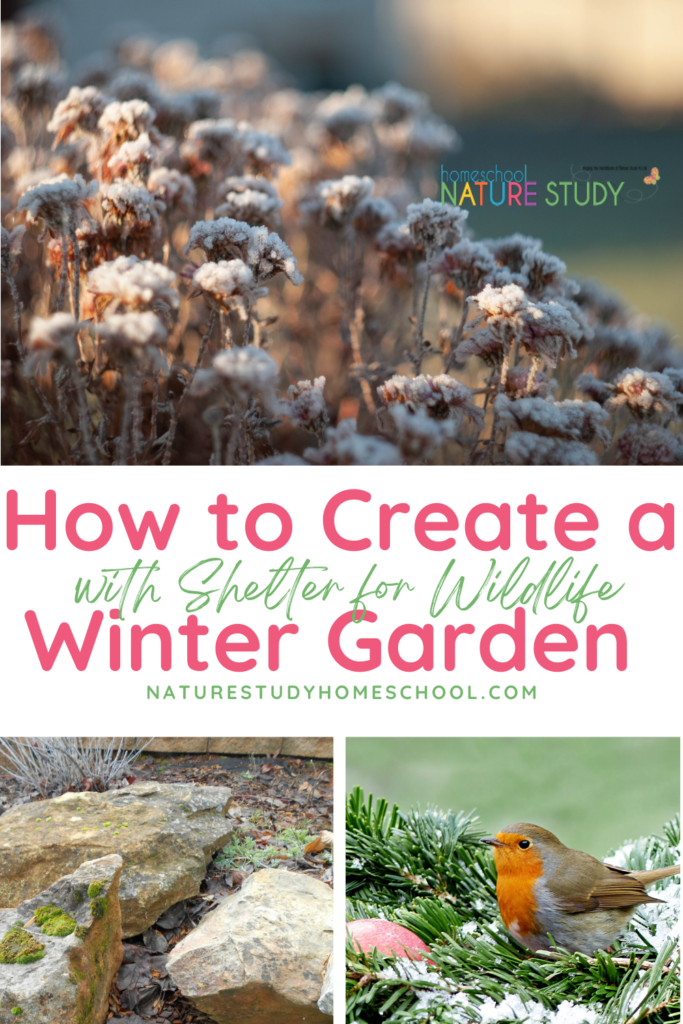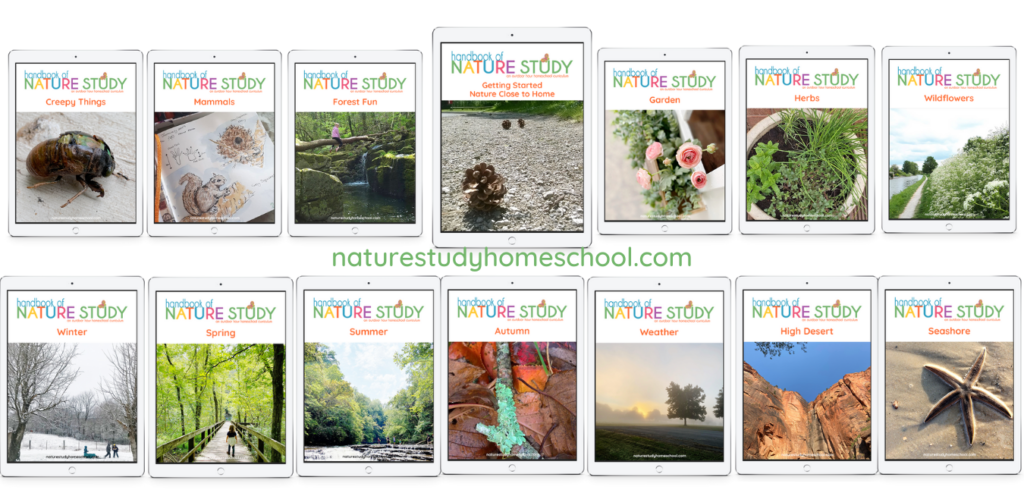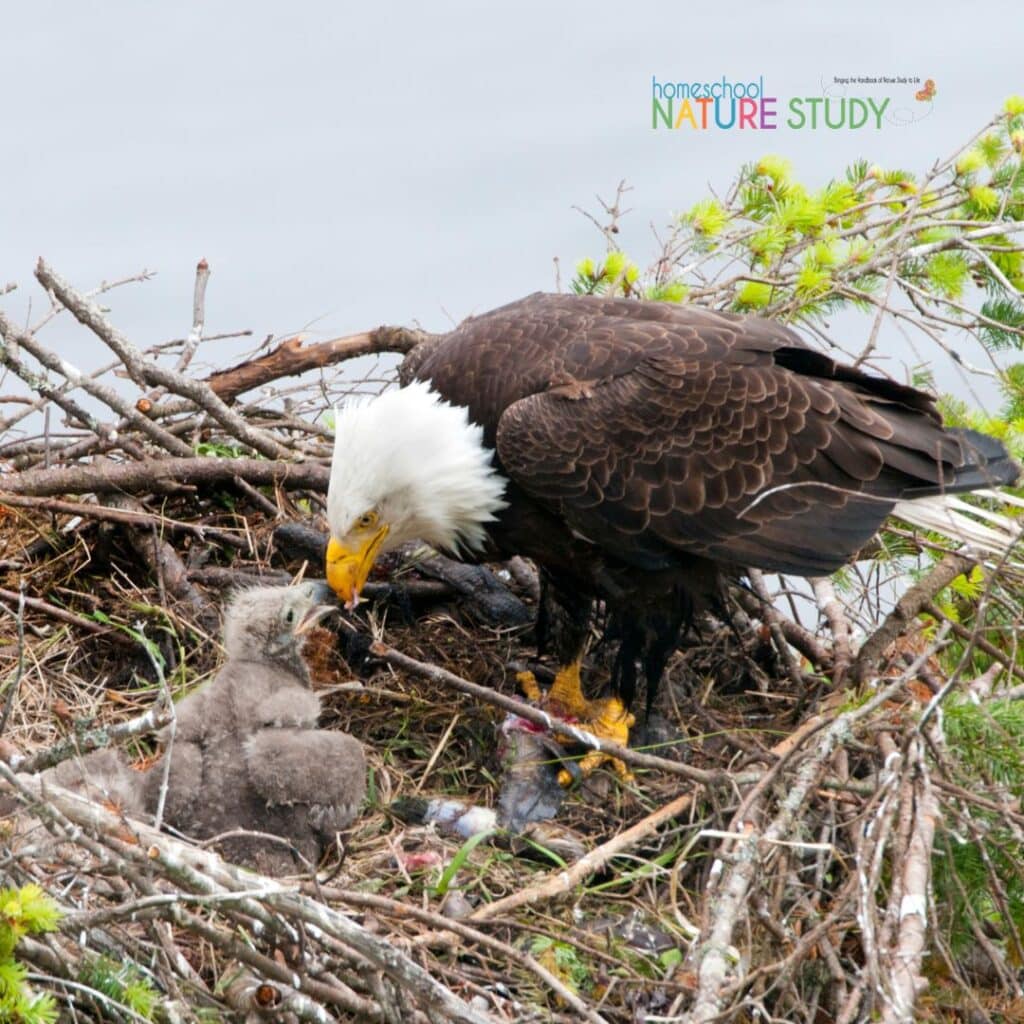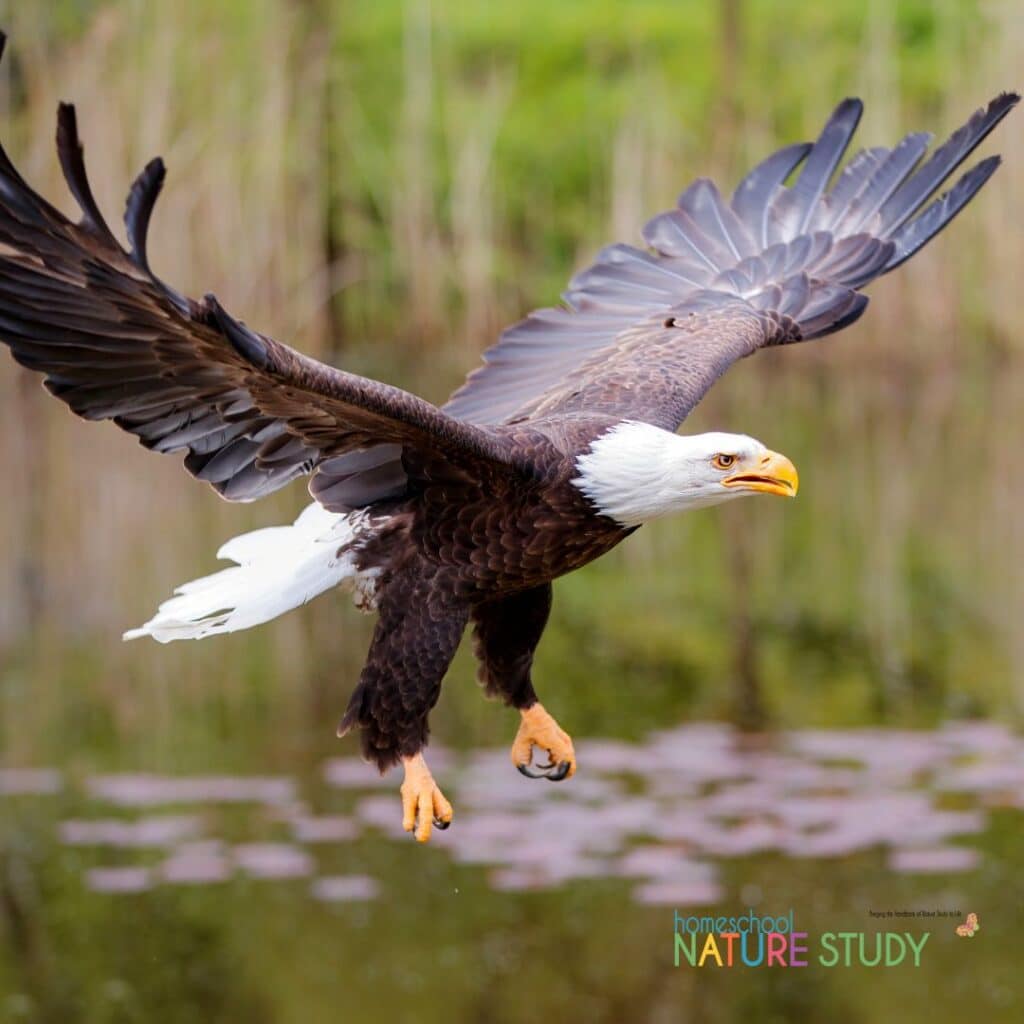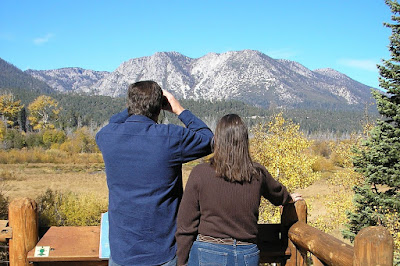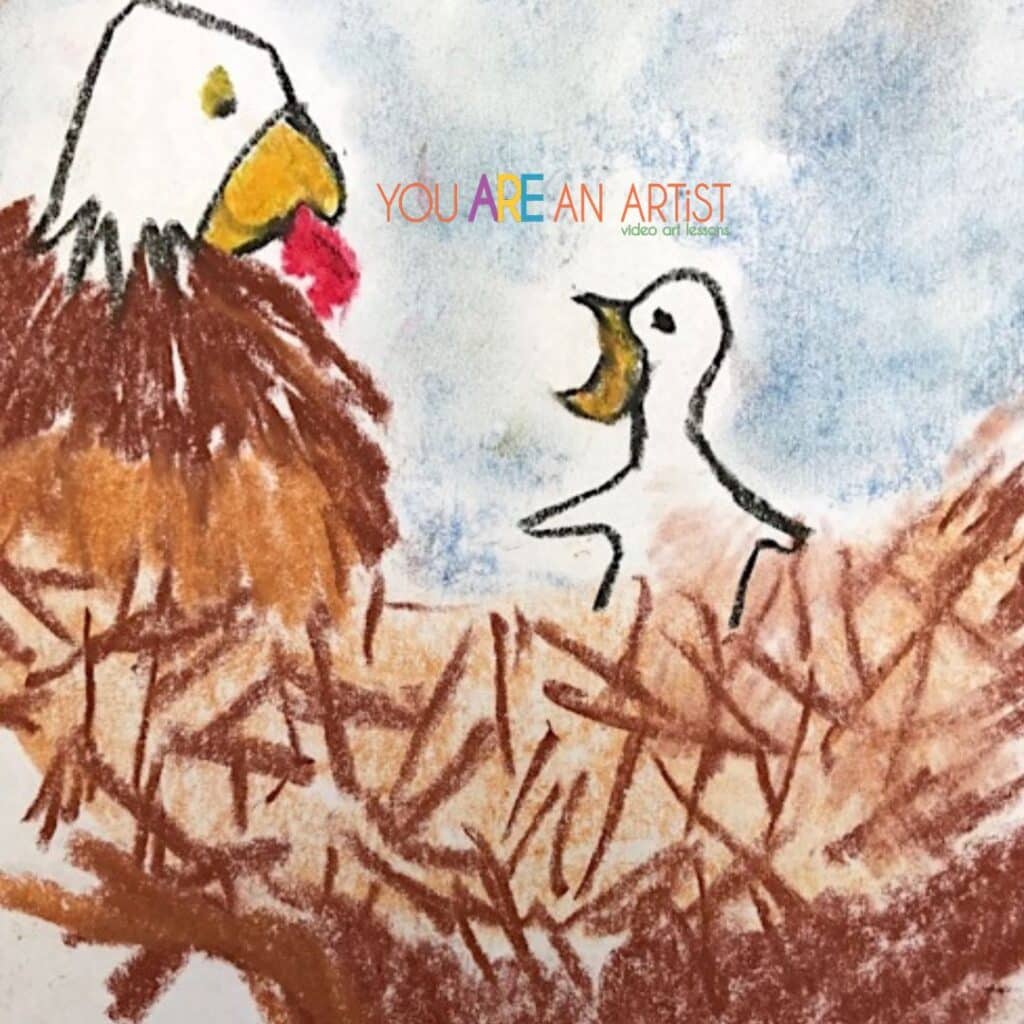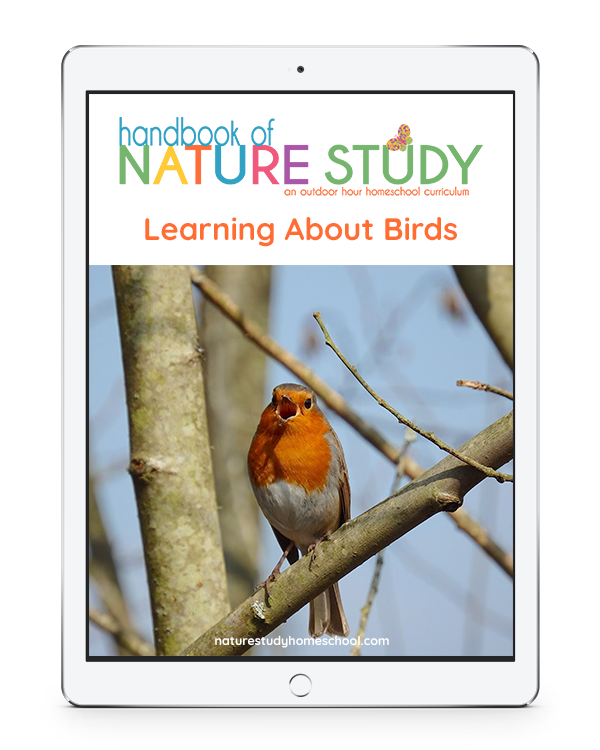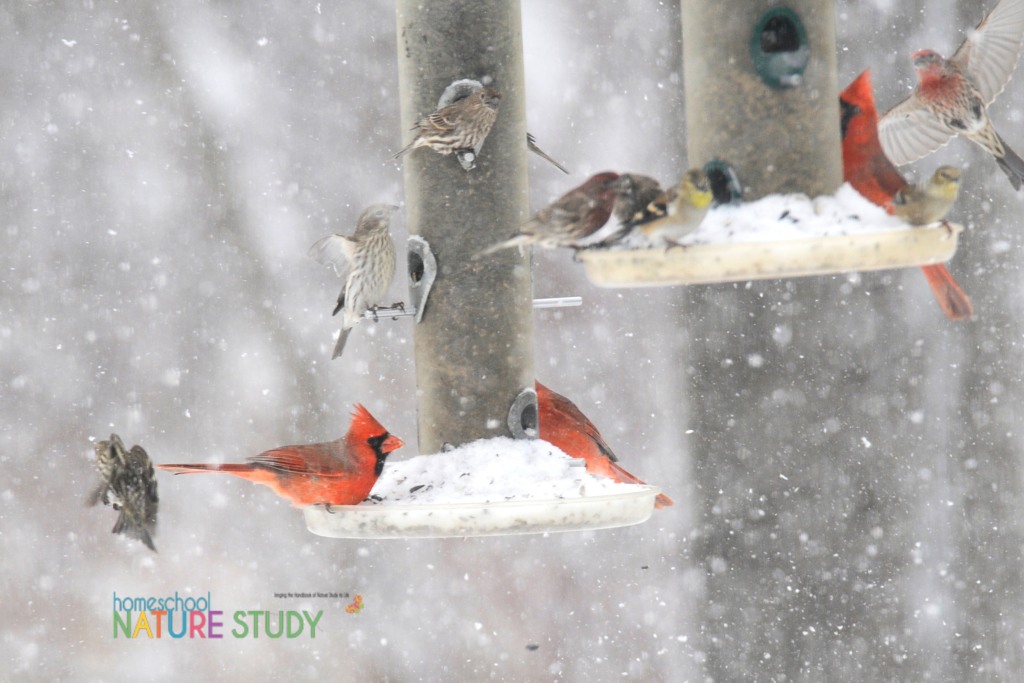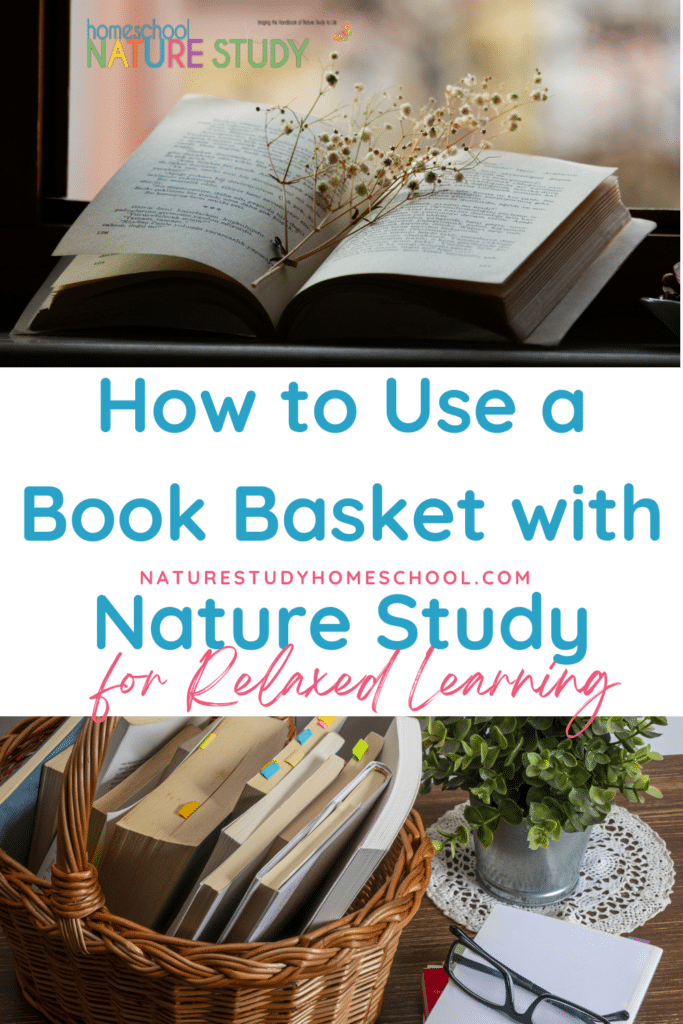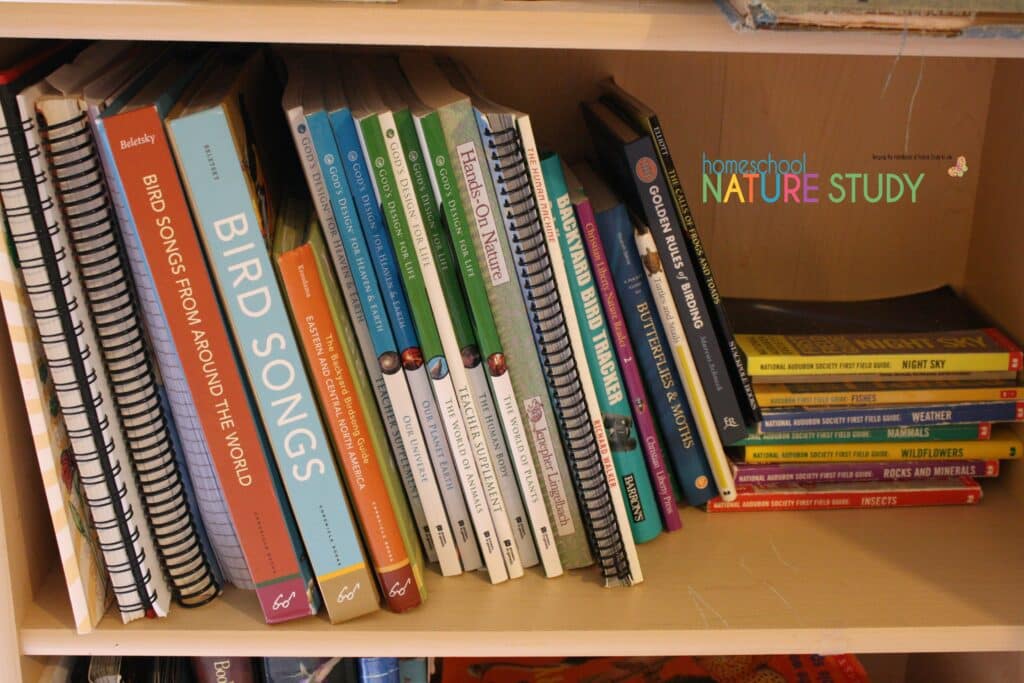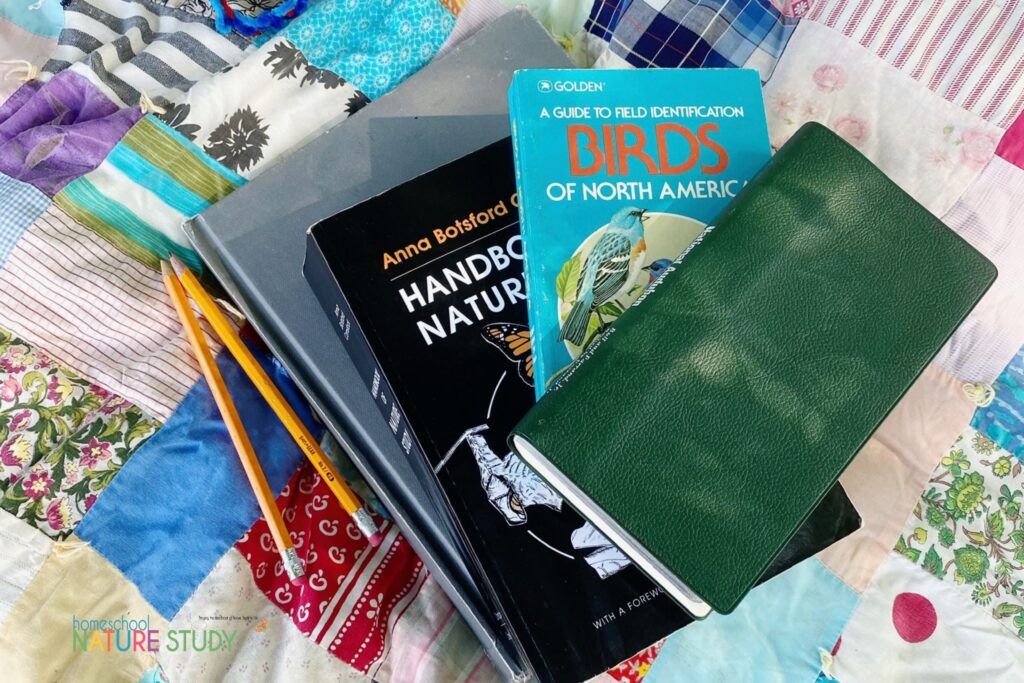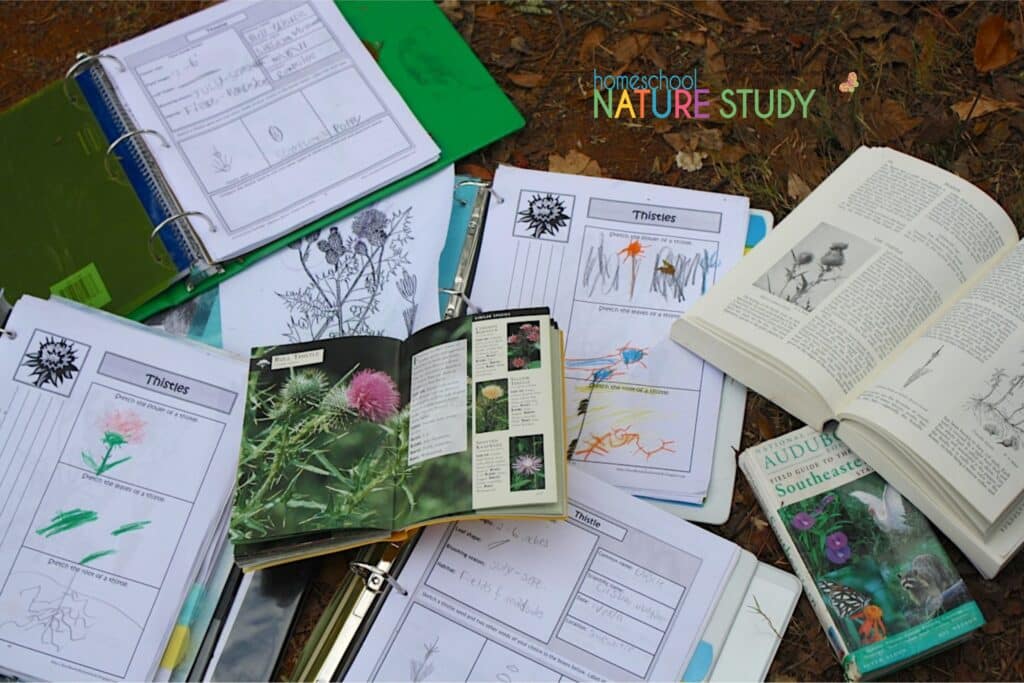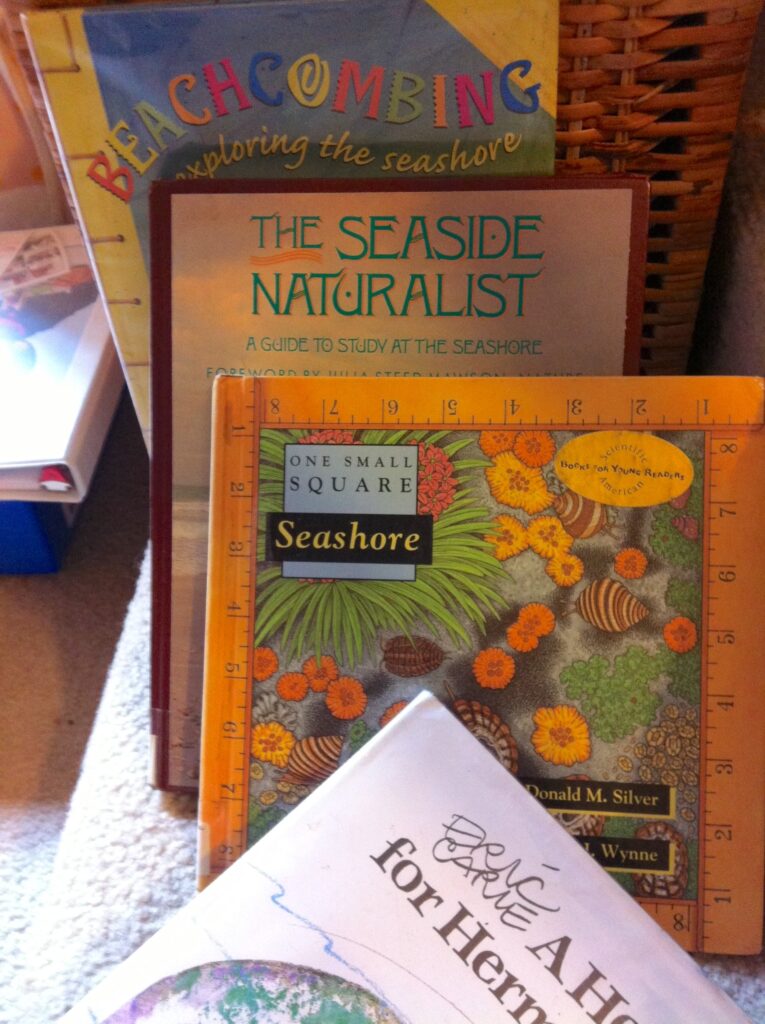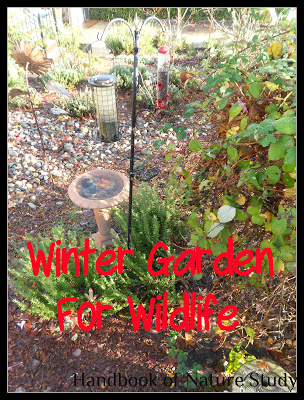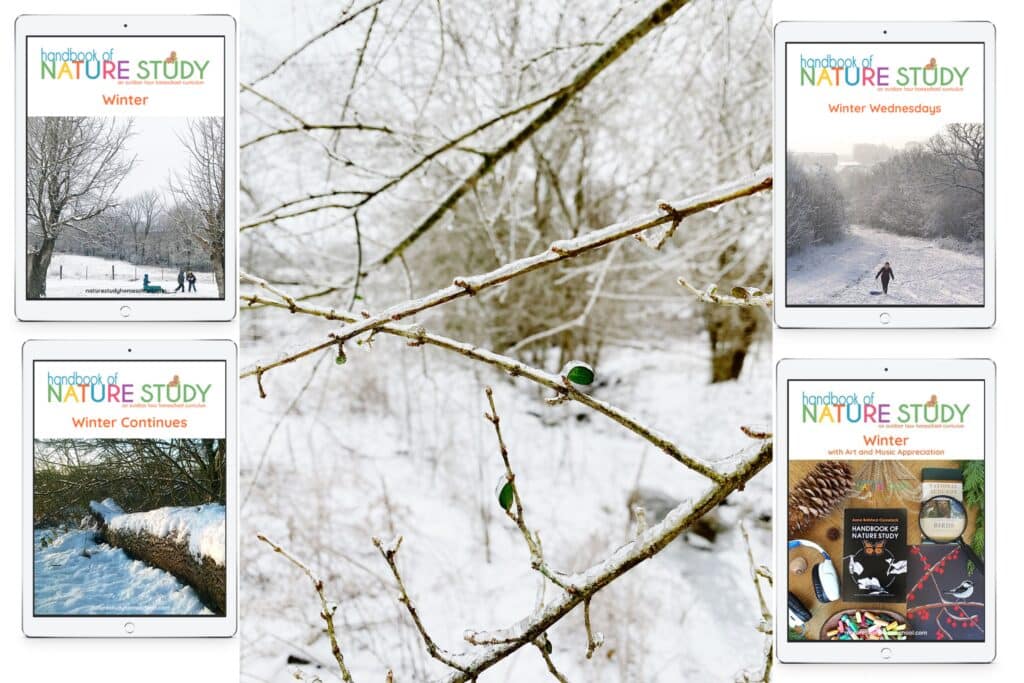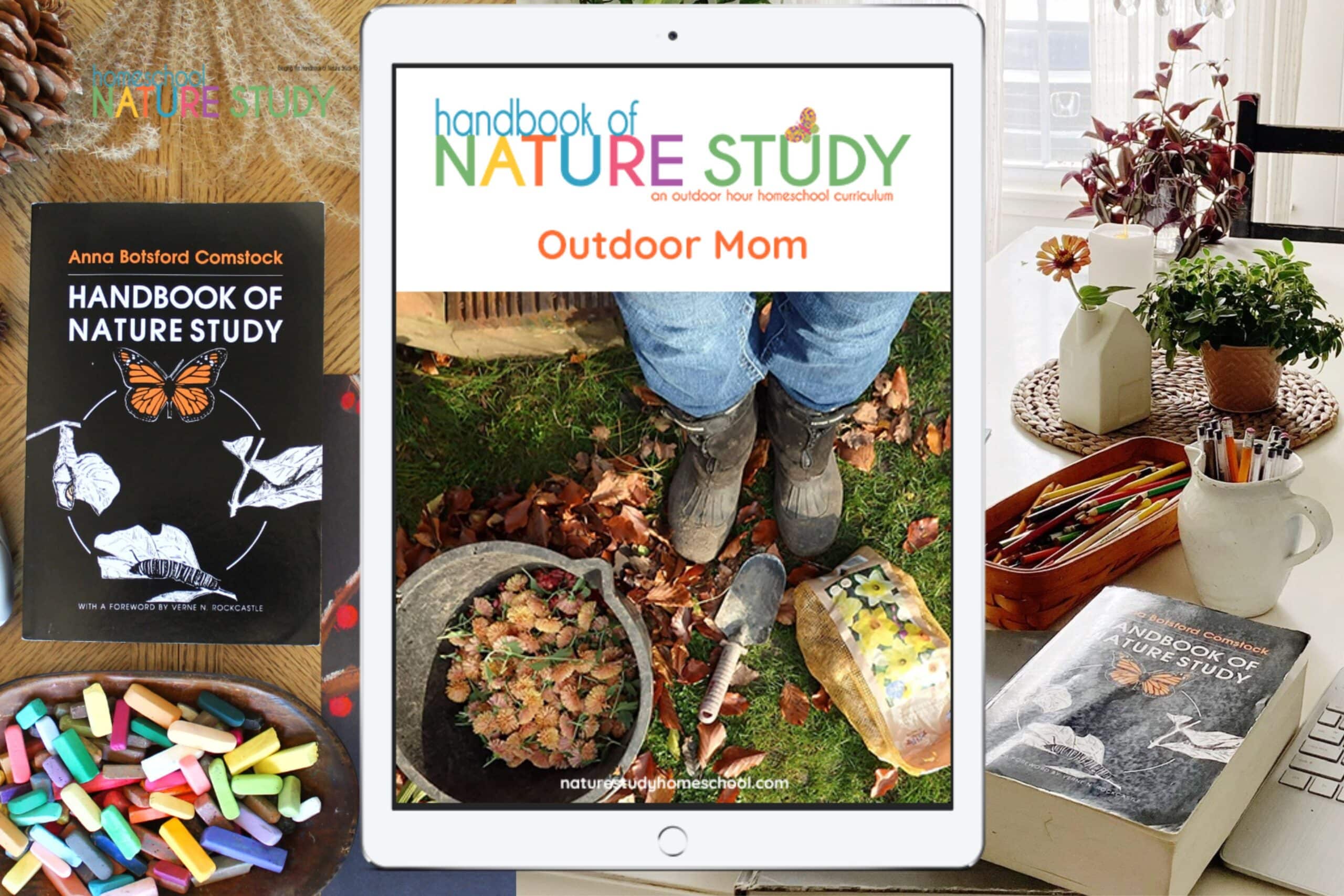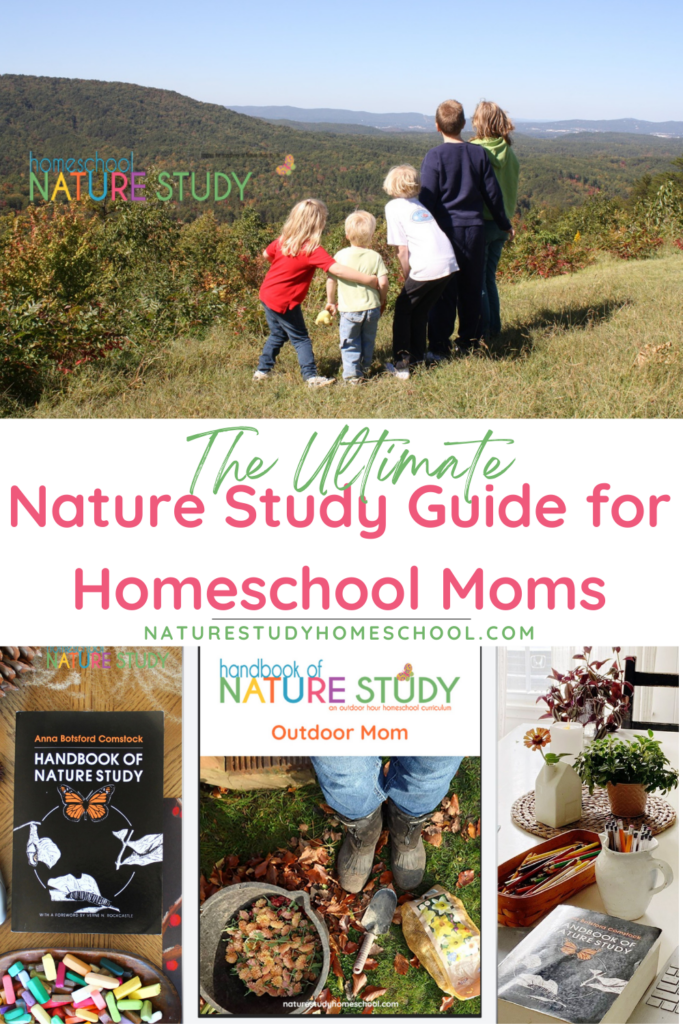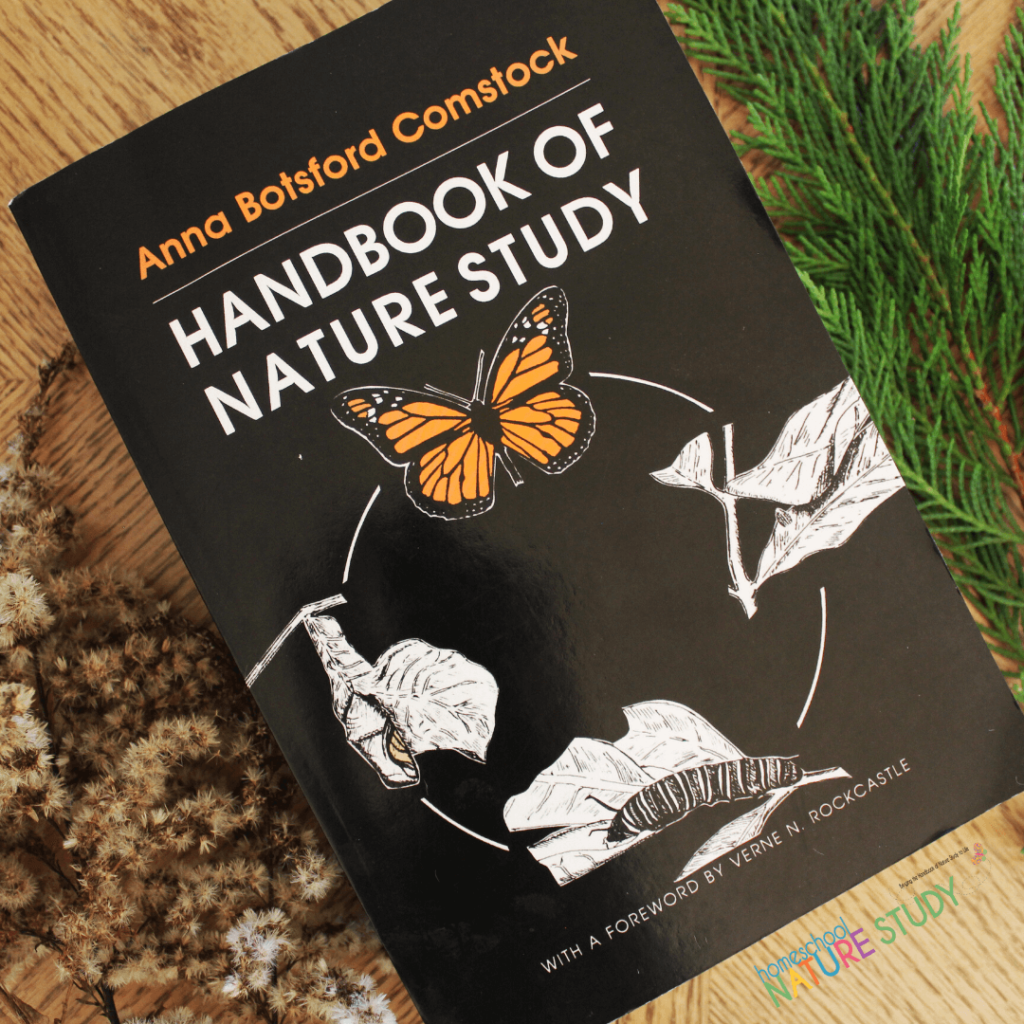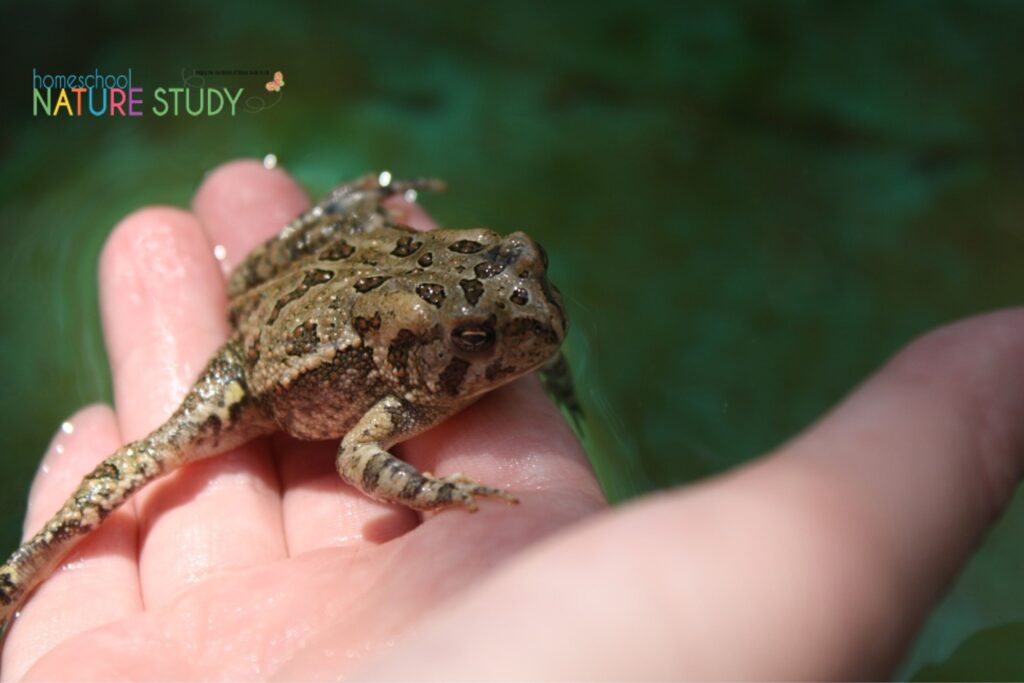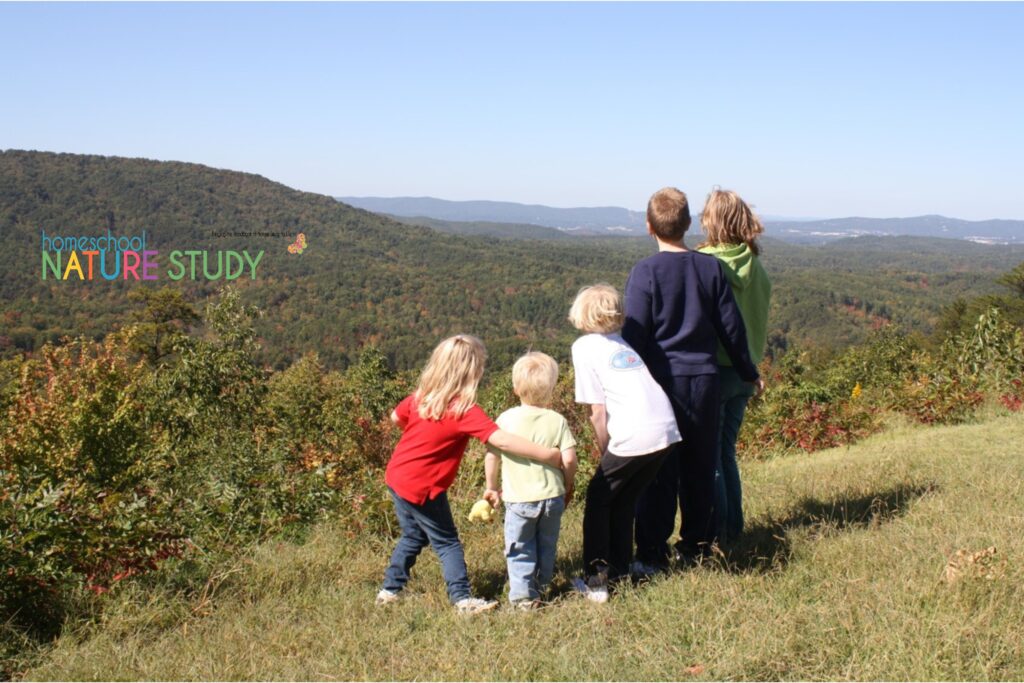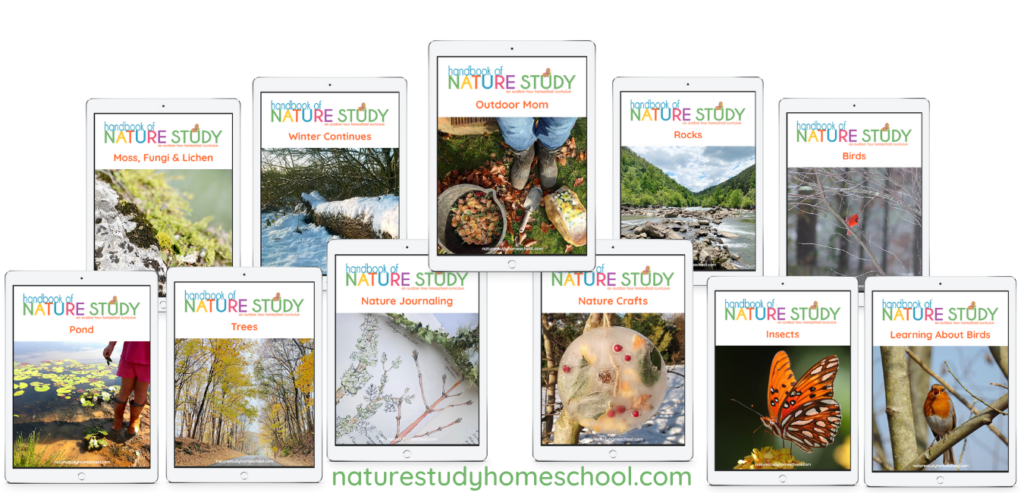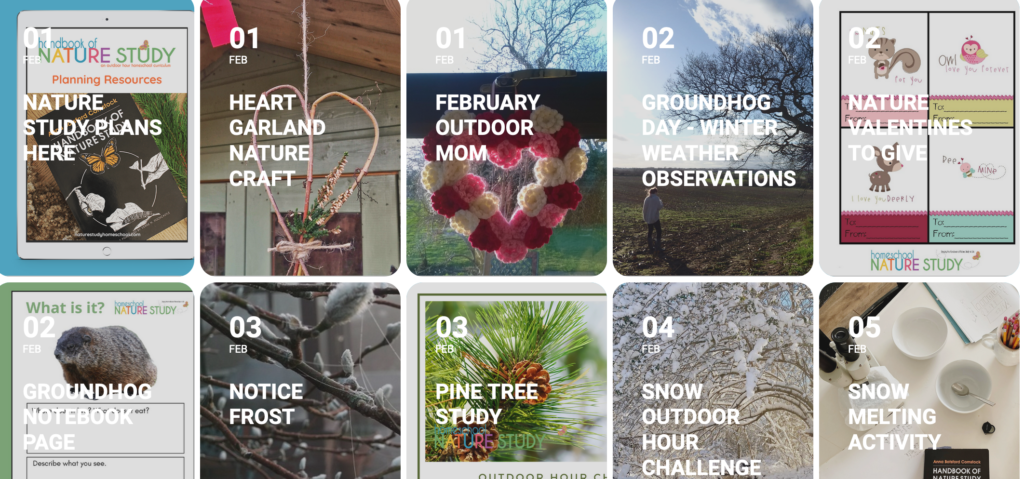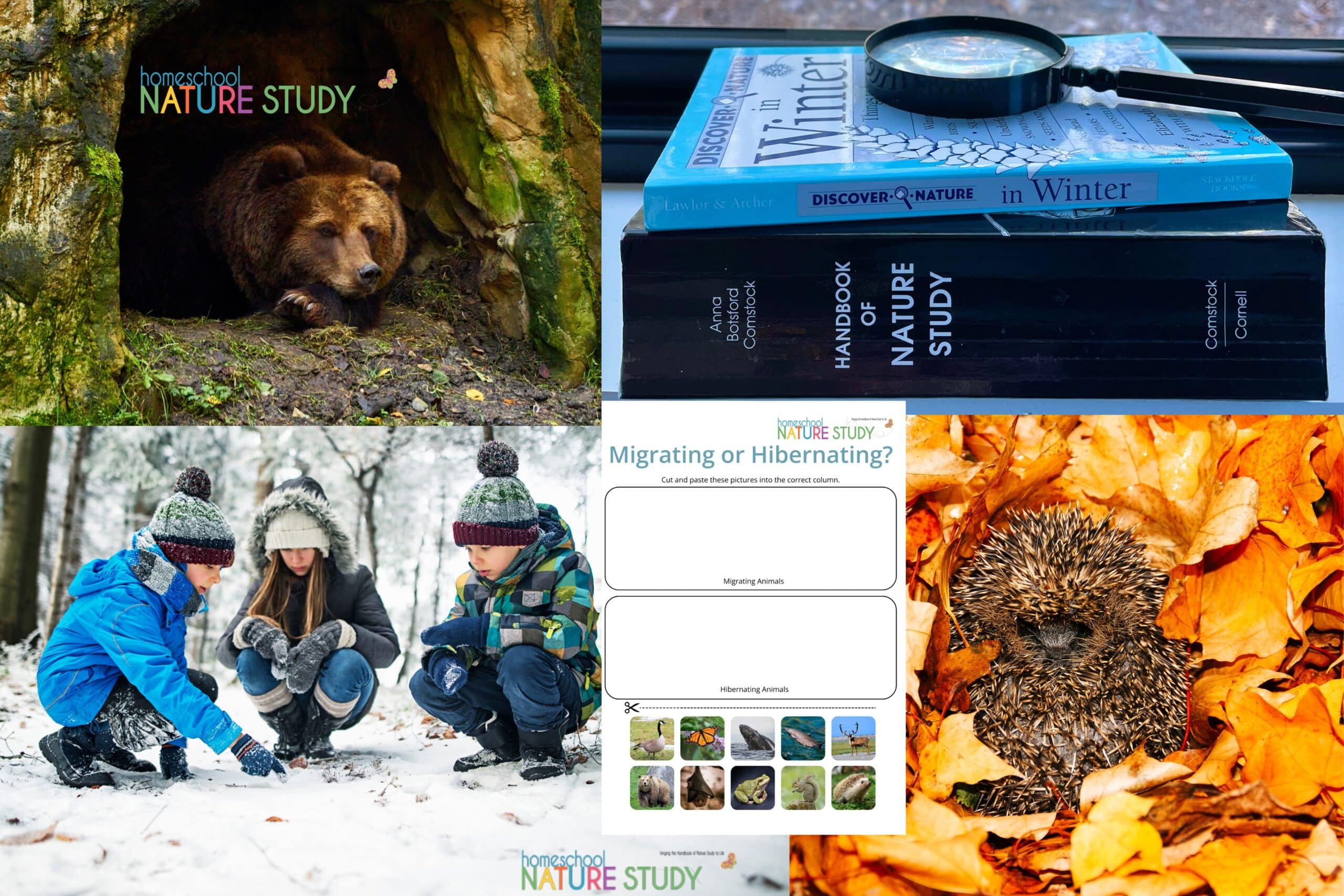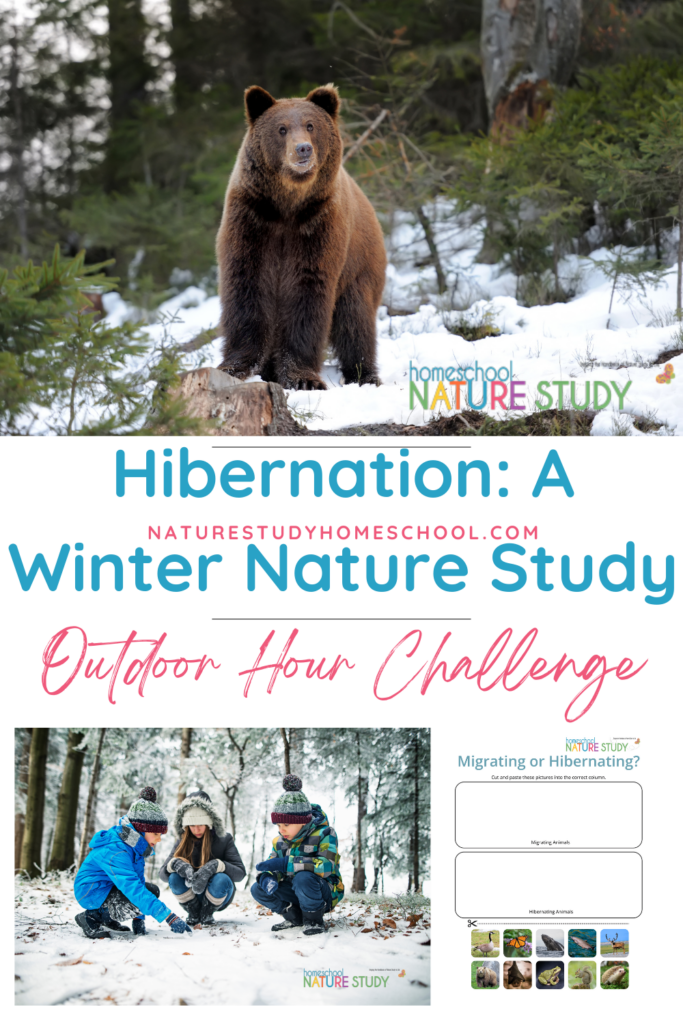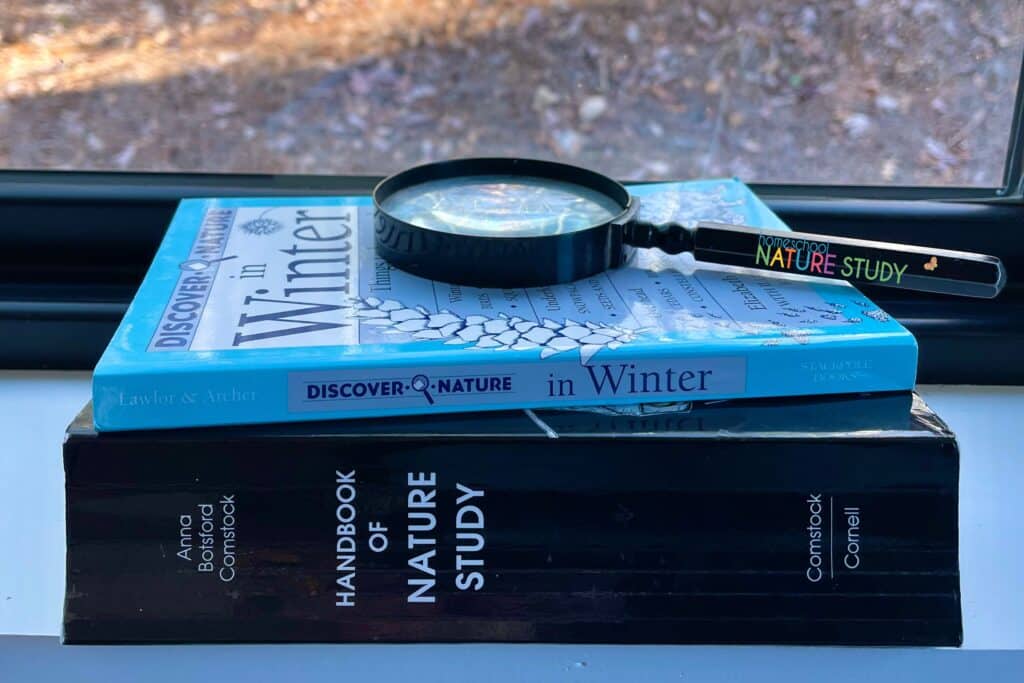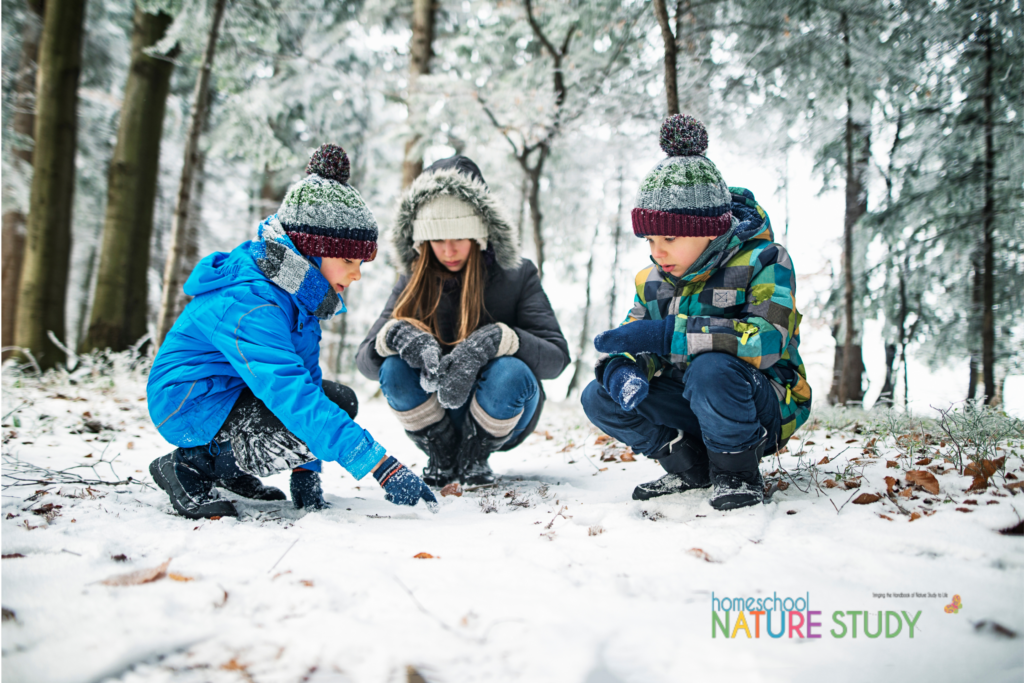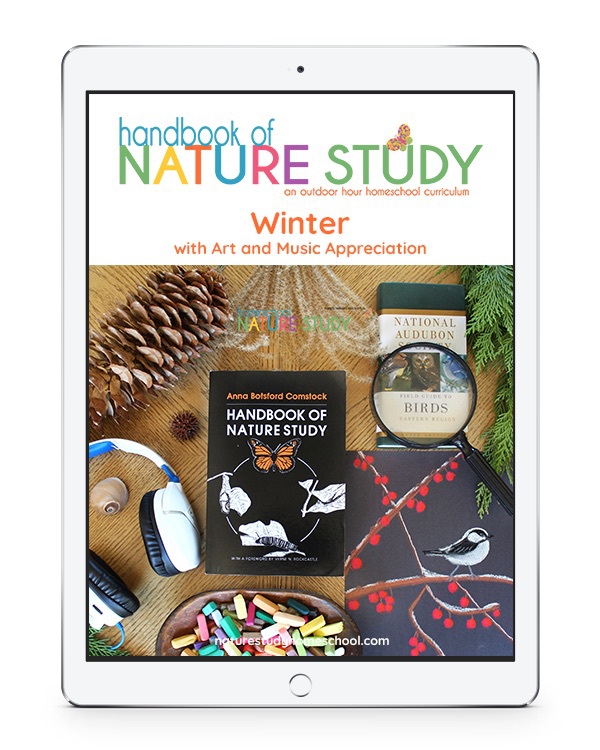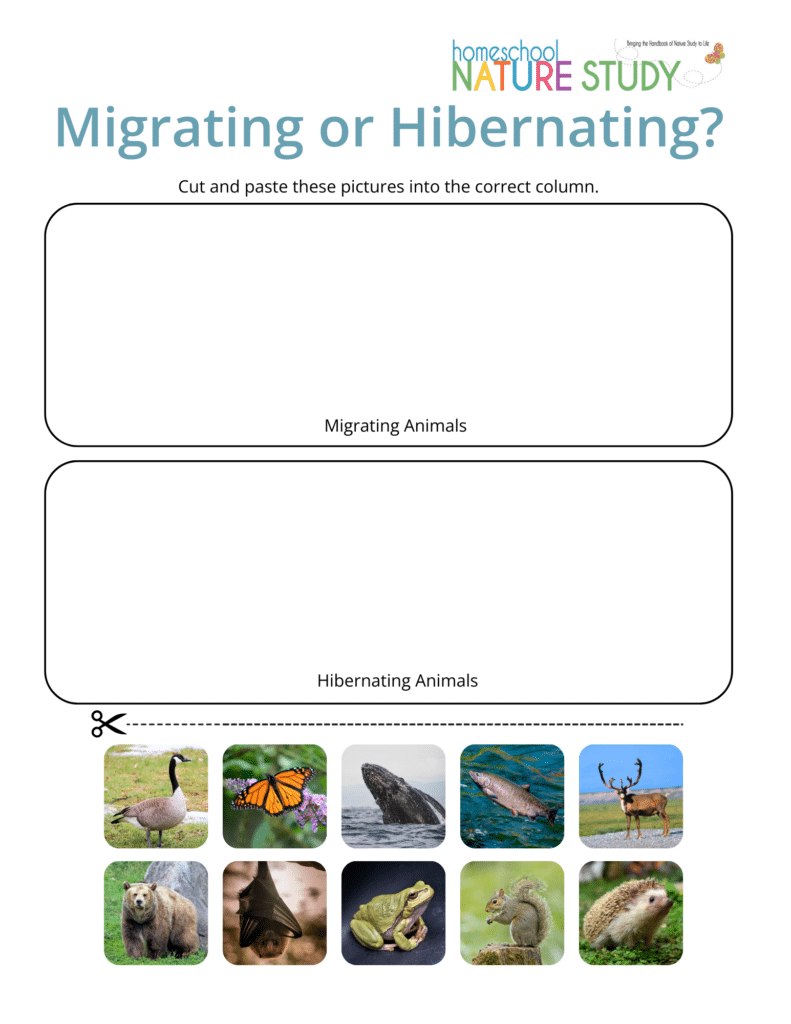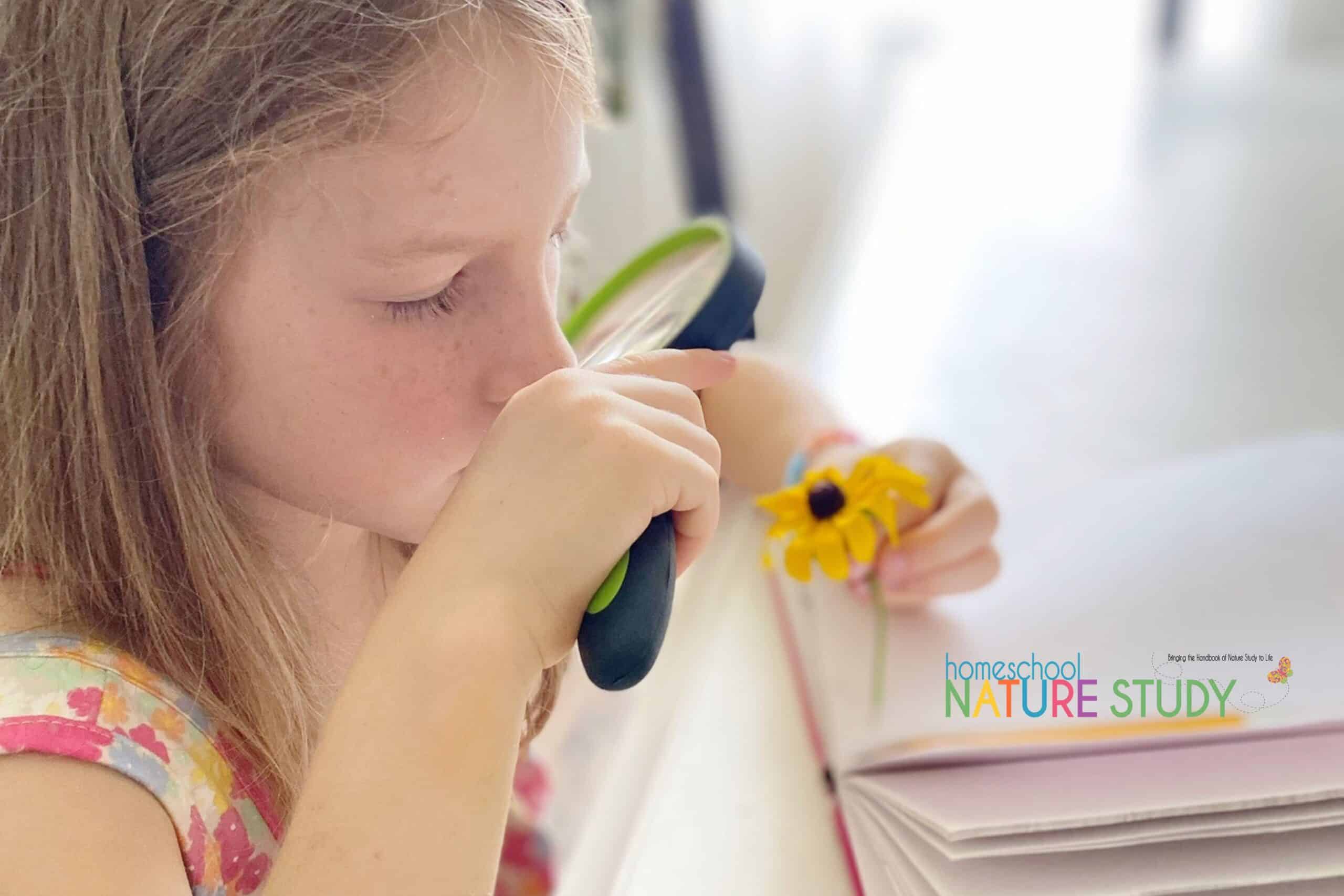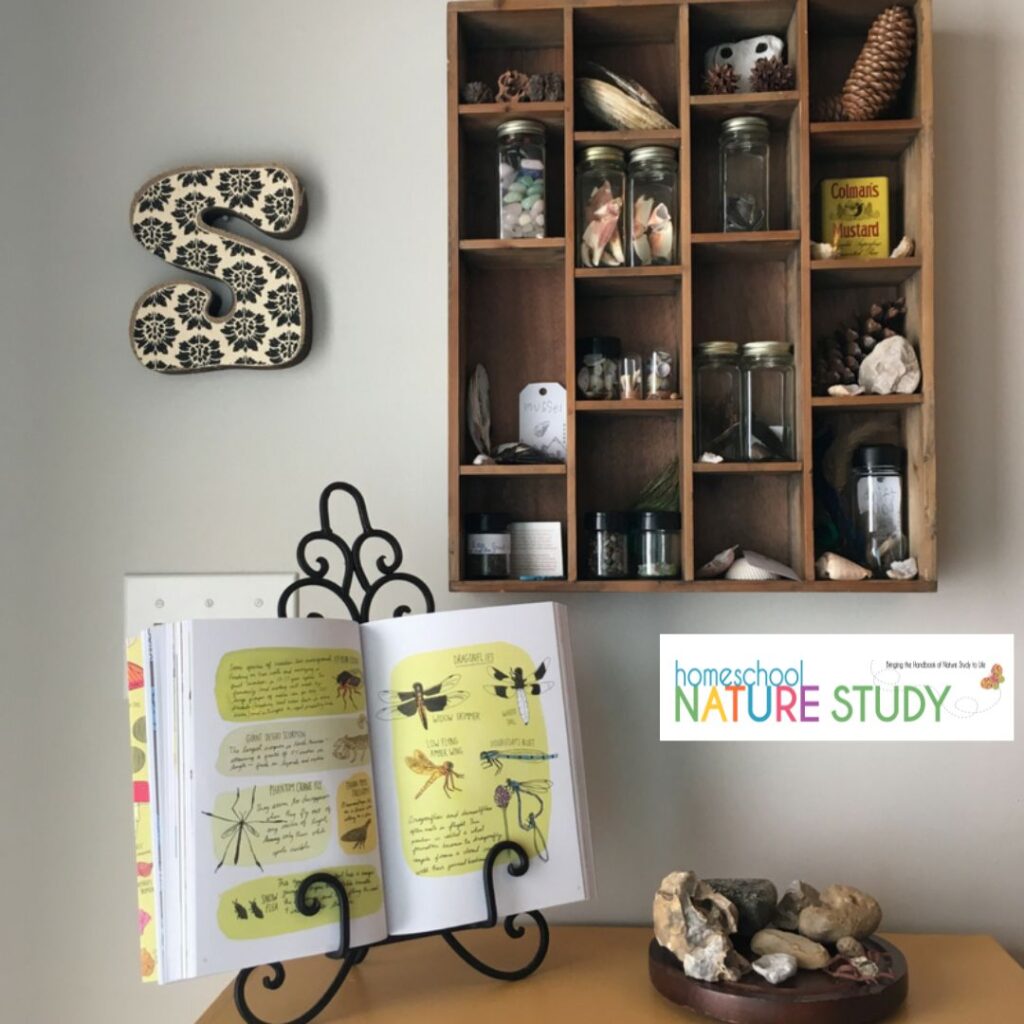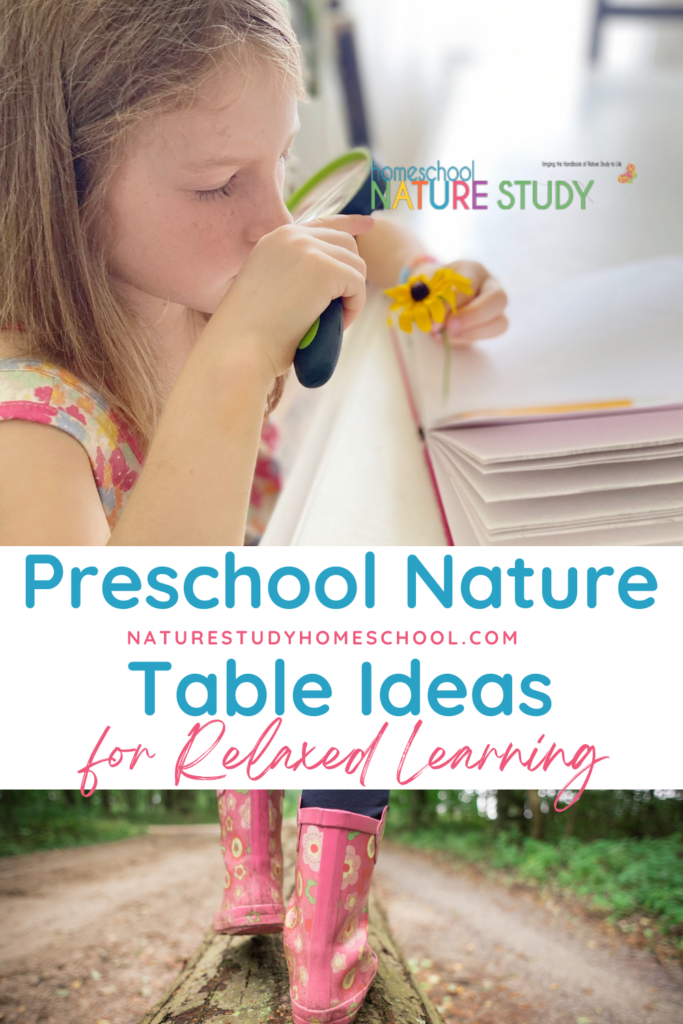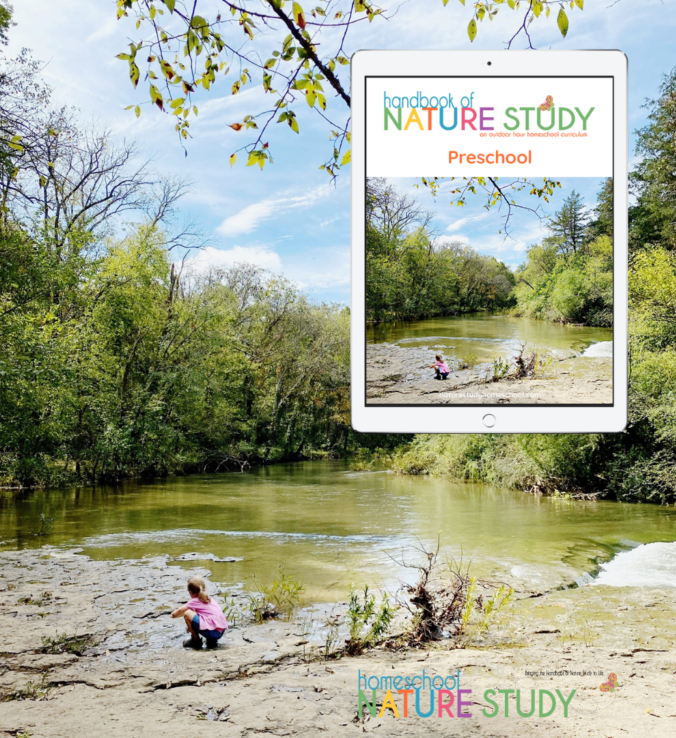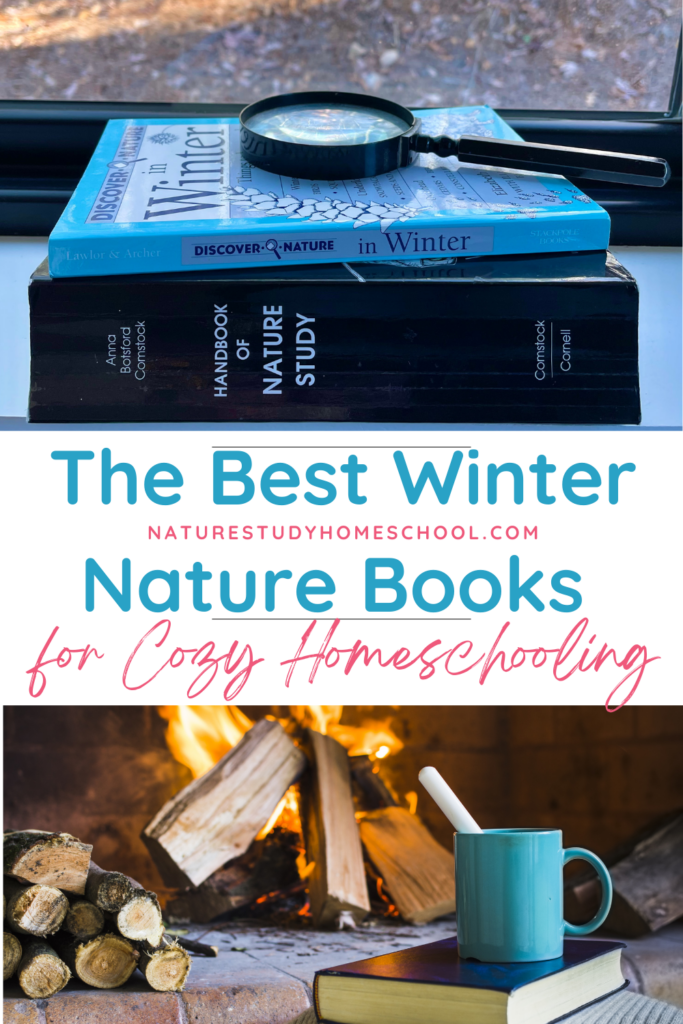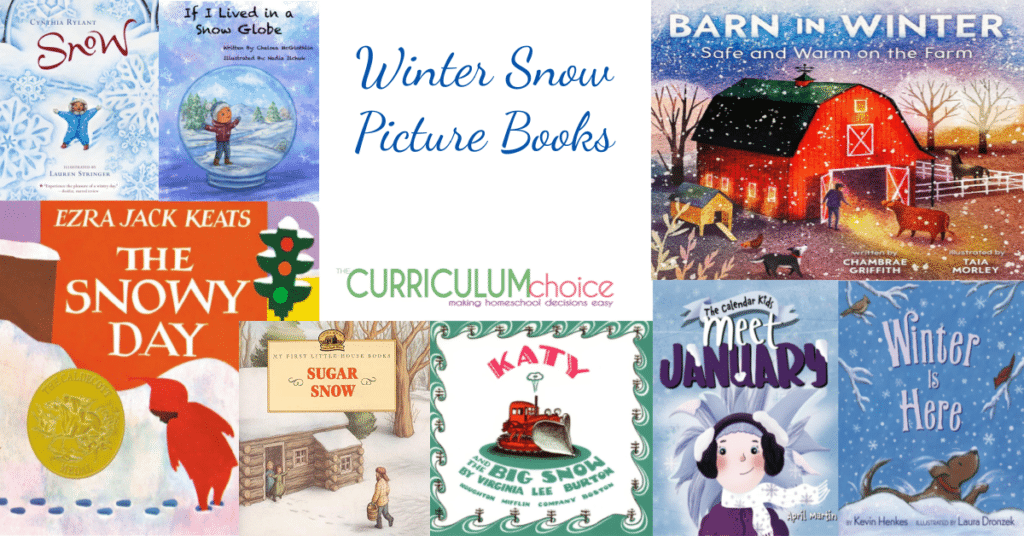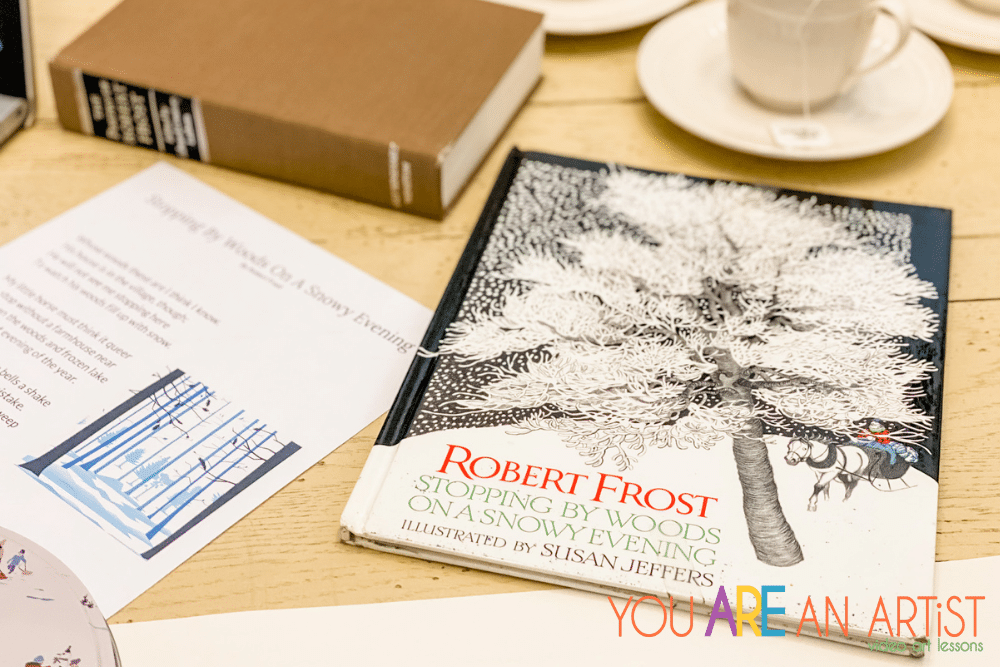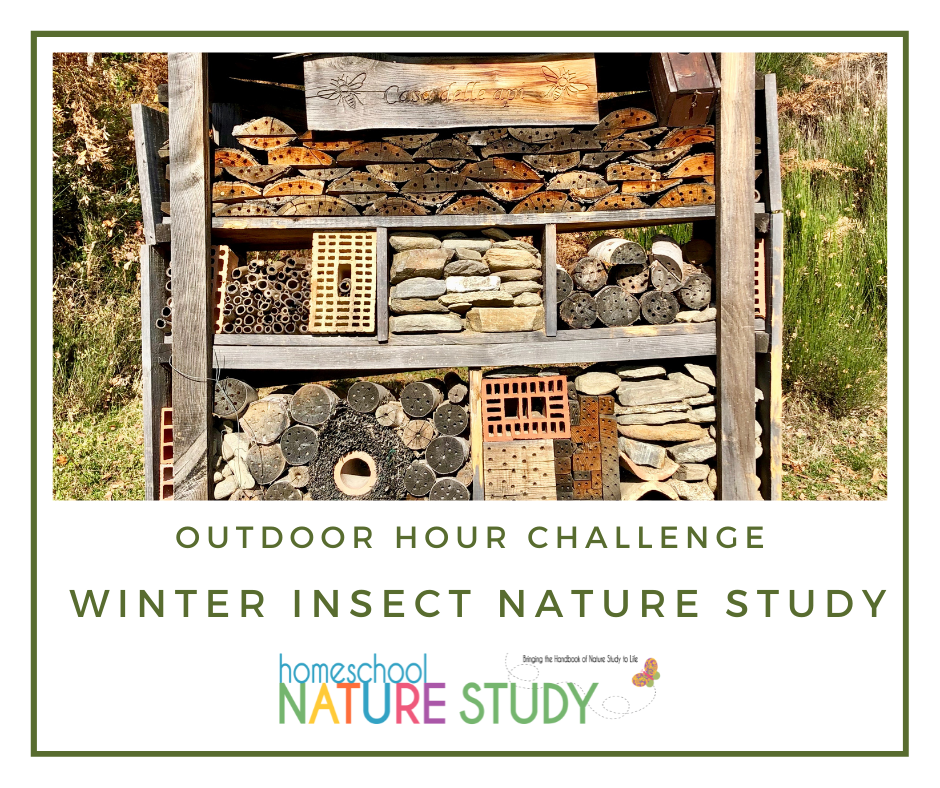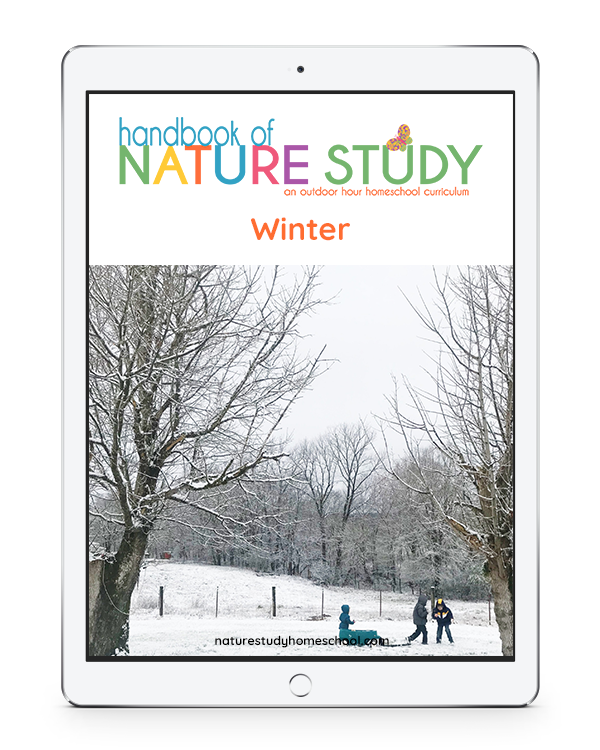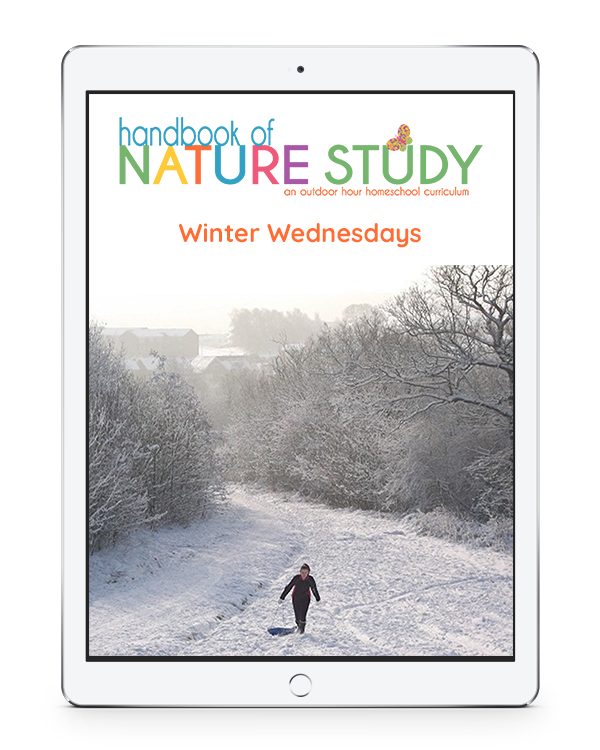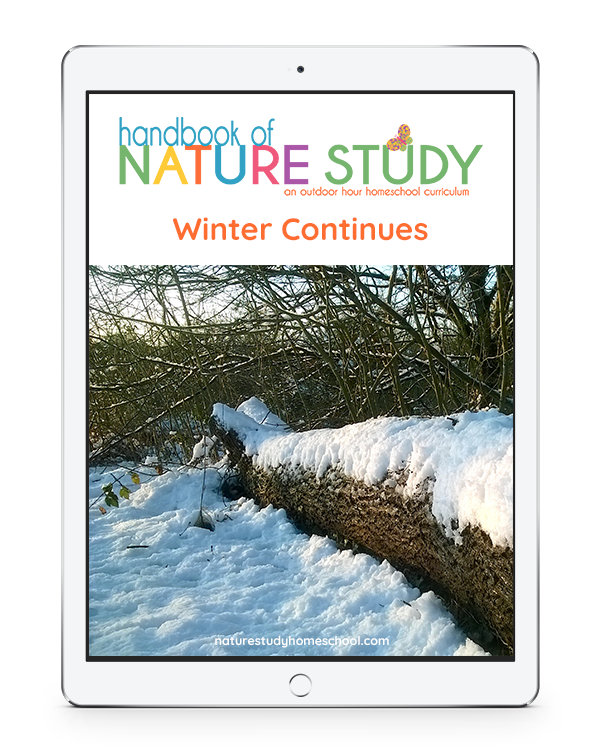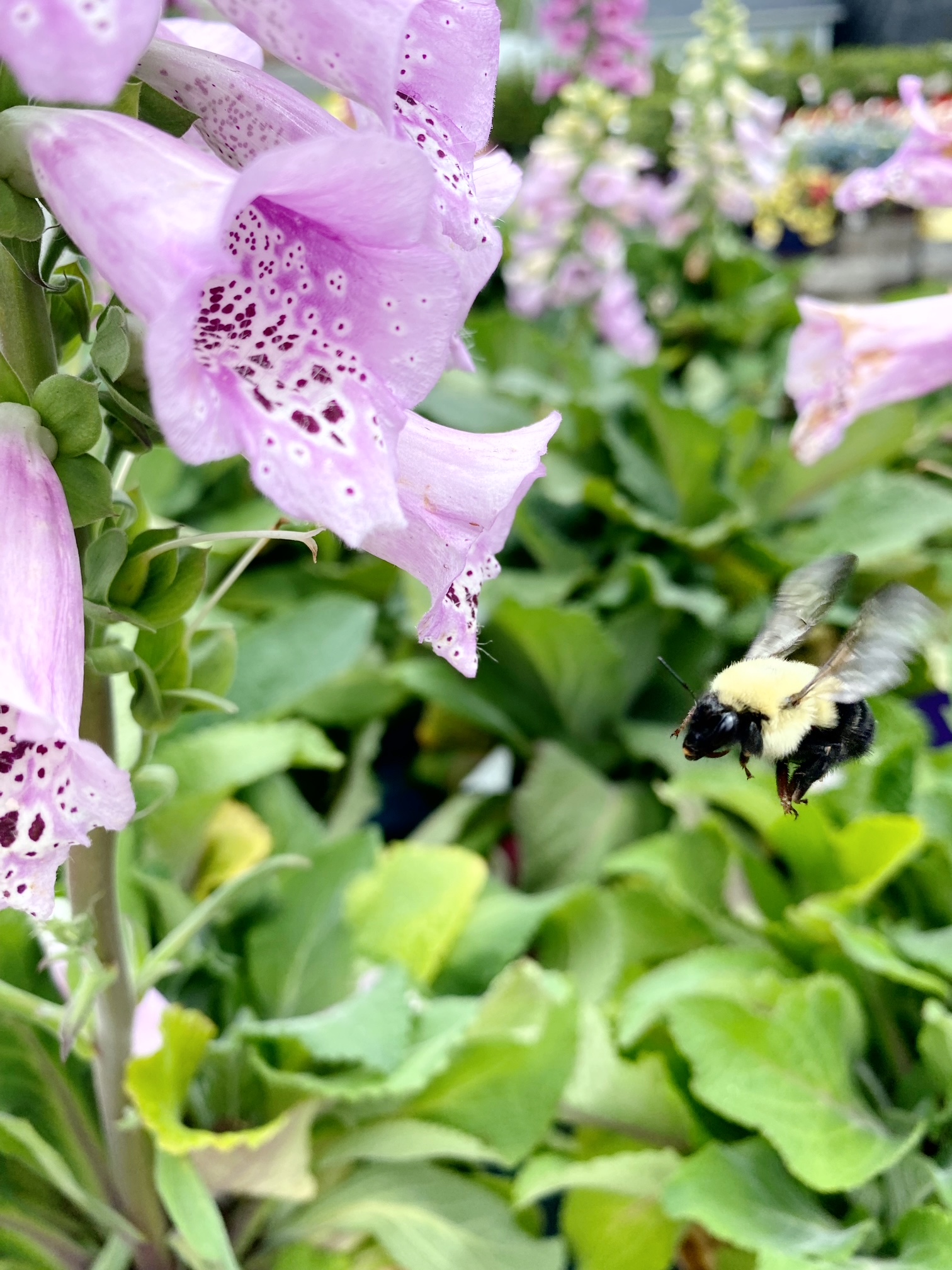
If you’re using Ambleside Online for your homeschool year, you know that the nature study rotation for Term 3 of 2024-25 is studying insects! Some people love insects, and many do not; but if you look closely at them, they have so much about them that is interesting!
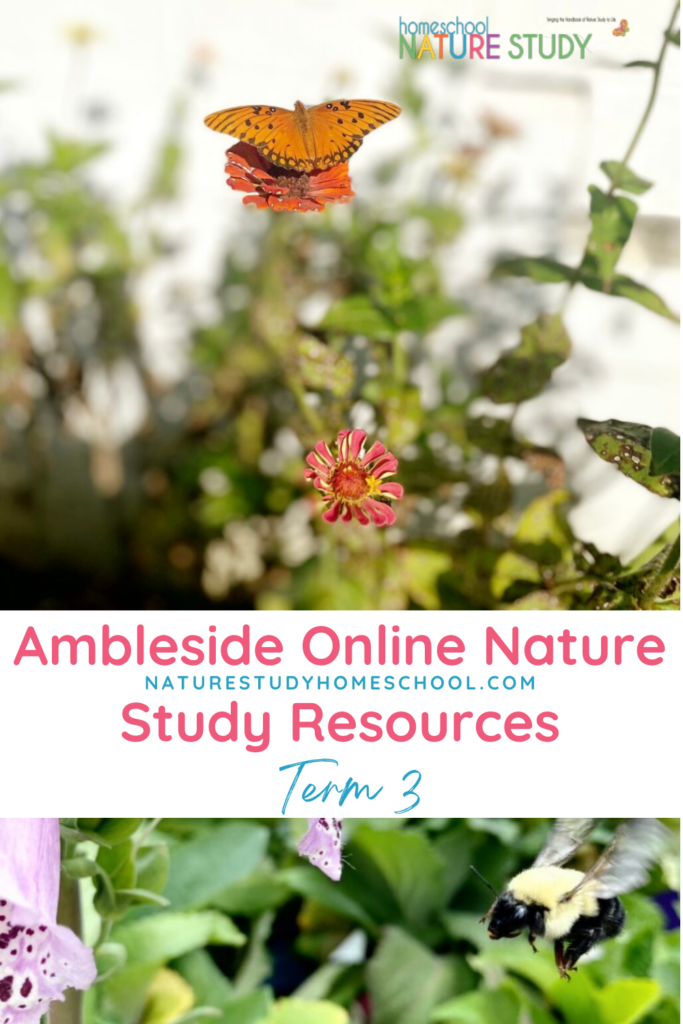
And, insects can be found literally everywhere! We’ve gathered the Outdoor Hour Challenges that go along with Term 3 for this year in this one post for you. We hope it will help to make insect nature study a breeze for Ambleside Online users over the next few months. . .and lots of fun, too!
Don’t forget your copy of the Handbook of Nature Study! So may of these studies follow right along with that book, and it’s great if you have it on hand to reference. It’s always helpful to read it ahead of time; so you can tell it back to your kids without having to read it out loud to them word for word.
Ambleside Online Nature Study Resources Term 3: Insects
Here is an Outdoor Hour Challenge perfect for this time of year!
Insect Nature Studies – Outdoor Hour Challenges
If you work your way through the section on insects in the Handbook of Nature Study, the lessons listed below line up with the Outdoor Hour Challenges!
- Black Swallowtail Butterfly. Here is how to build a garden that will attract butterflies!
- Moths
- Leaf Miners and Leaf Rollers
- A study here on on Gall Insects
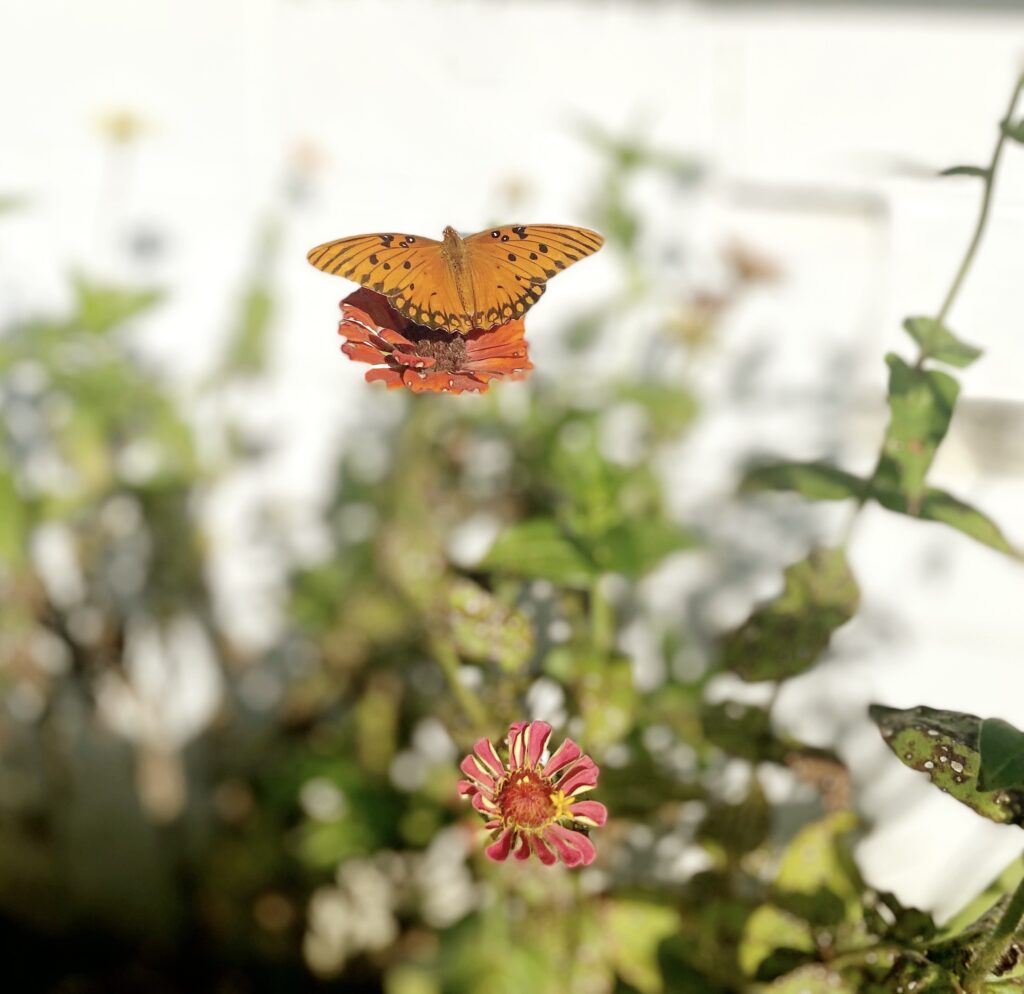
- Grasshoppers, Katydids, and Crickets
- Ladybugs and Aphids also Ladybugs here
- The Housefly
- Bees
- Dragonfly
- Mosquito
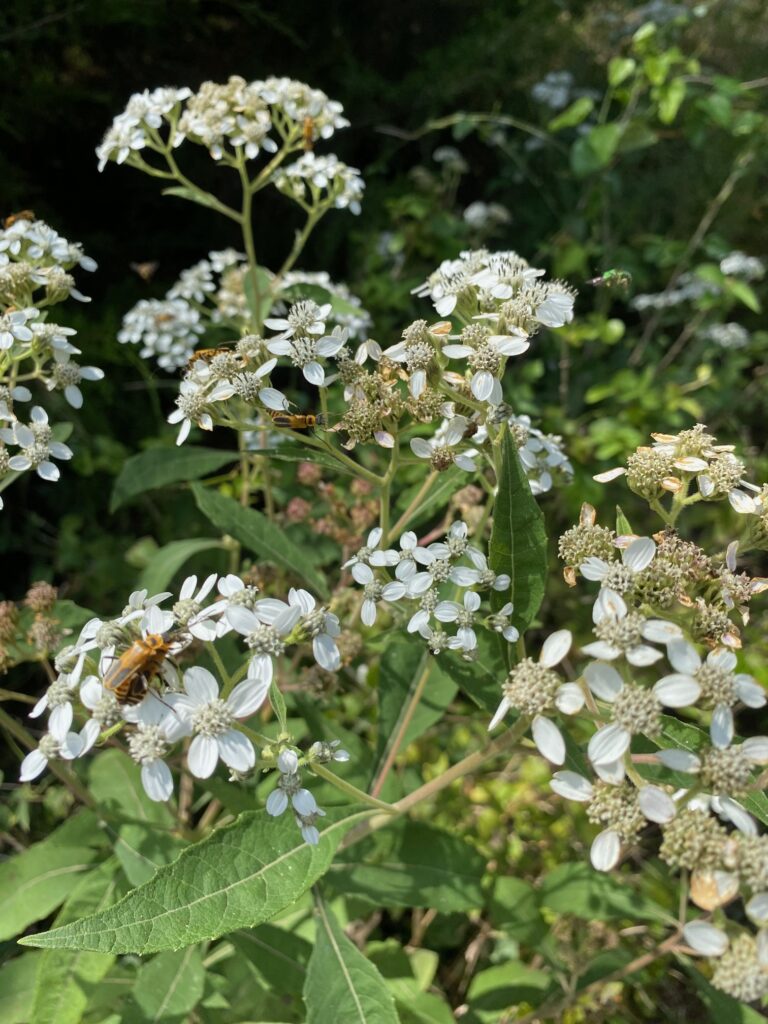
Here are some other ideas that go along with Ambleside Online’s study of insects:
Take a closer look at insects with a magnifying lens!
A sweet post encouraging us to take the time to observe flowers and insects:
This post has ideas for building winter habitats in your backyard for wildlife. . .including insects!
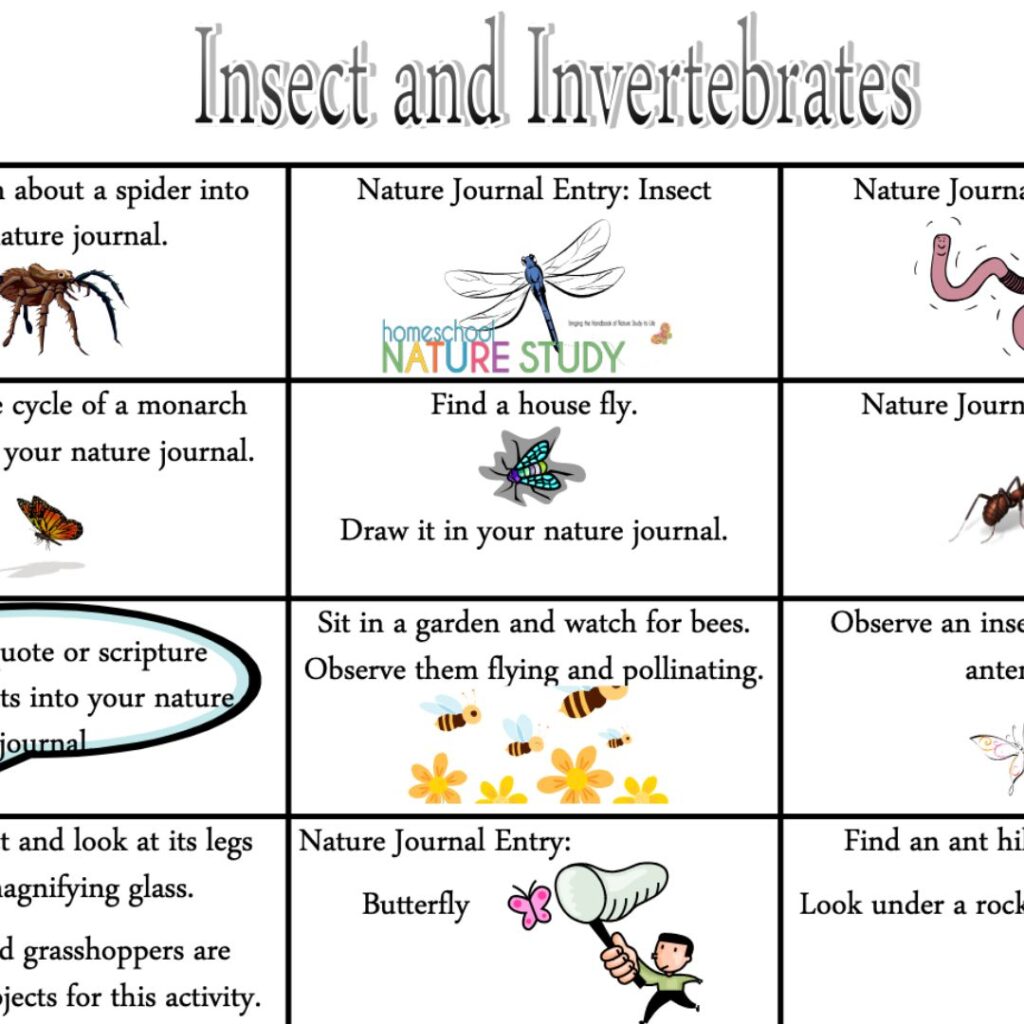
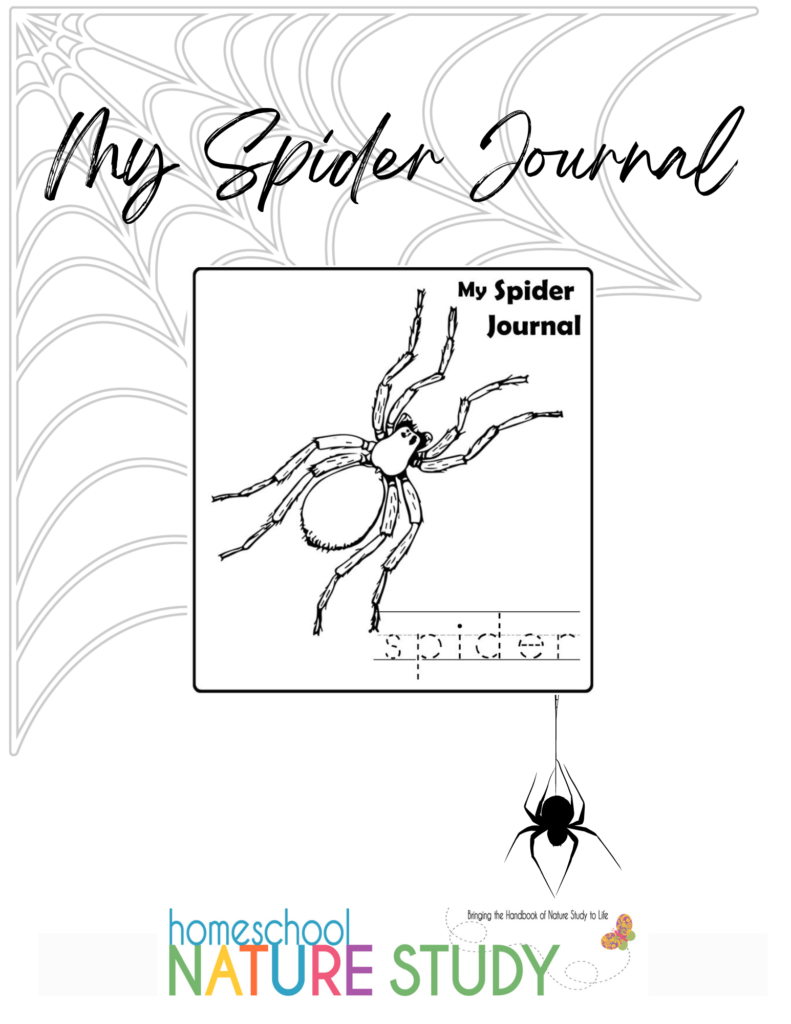
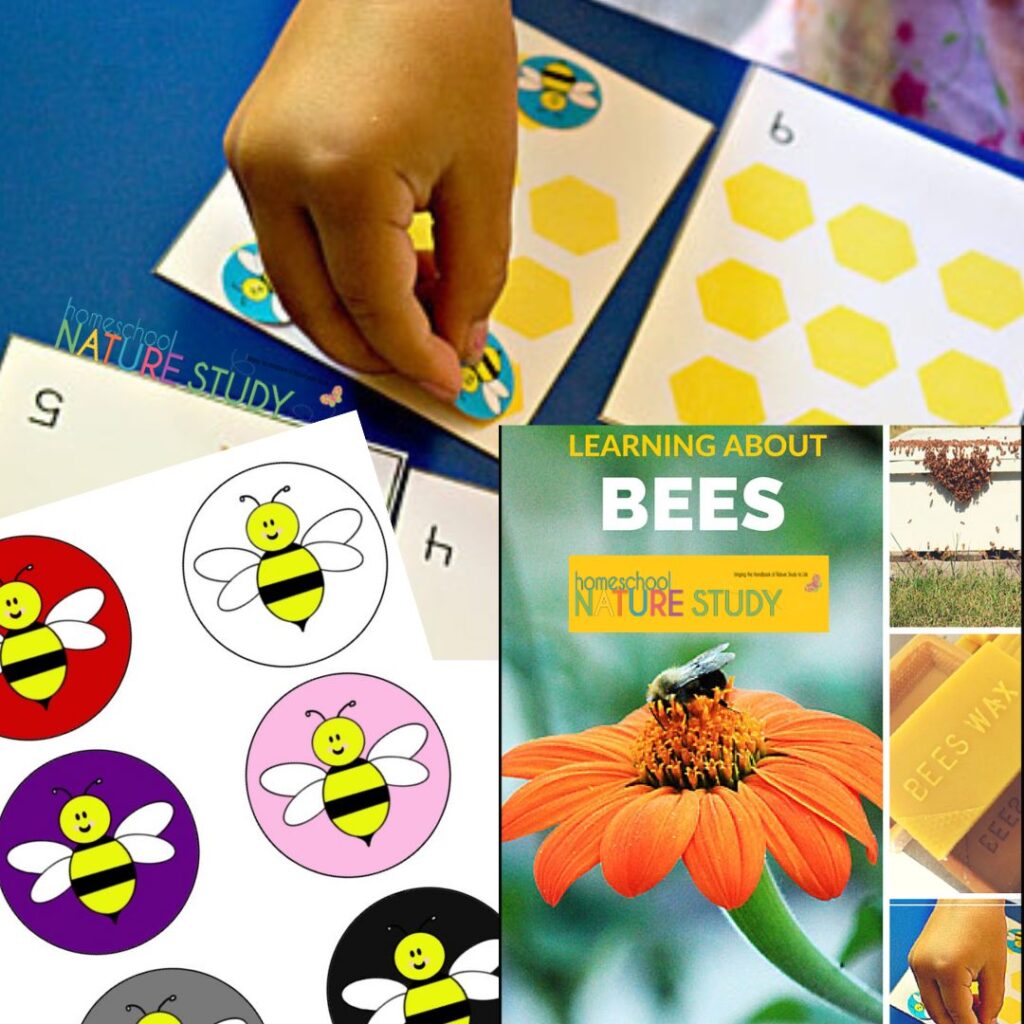
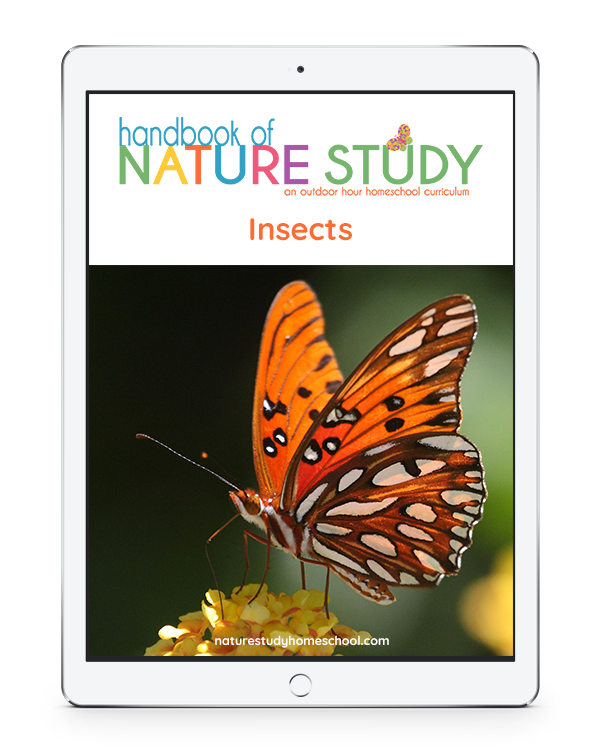
More Insect Nature Studies with The Outdoor Hour Challenges
Here are even more nature studies for discovering and learning about insects!
- There is a wonderful Insect and Invertebrates Nature Study Grid in the Insects course in Homeschool Nature Study membership! You can also enjoy a Butterfly Journal Page, an Insect Scavenger Hunt, Insect Photo Hunt and a Dragonfly Coloring Page. More insect studies are included in each of the seasonal courses.
- Preschool insect studies – enjoy spider, bee, butterfly and more preschool nature studies for your youngest learners.
- A Fun Insect Study From a Bug’s Eye View! (with a free printable)
- Summer Insect Study – There’s such a wealth of knowledge about insects in the Handbook of Nature Study by Anna Botsford Comstock
- Insect Nature Study for Kids: How to Identify an Insect – Even if you or your children are squirmy about insects, there is so much to discover and learn! In this insect nature study, learn how to identify an insect with simple steps!
If you’d like to look back our post about Term 2’s nature study from the school year 2024-2025, you can find that post here. It also gives a quick overview of the Ambleside Online curriculum and several helpful links.
Happy insect observing!
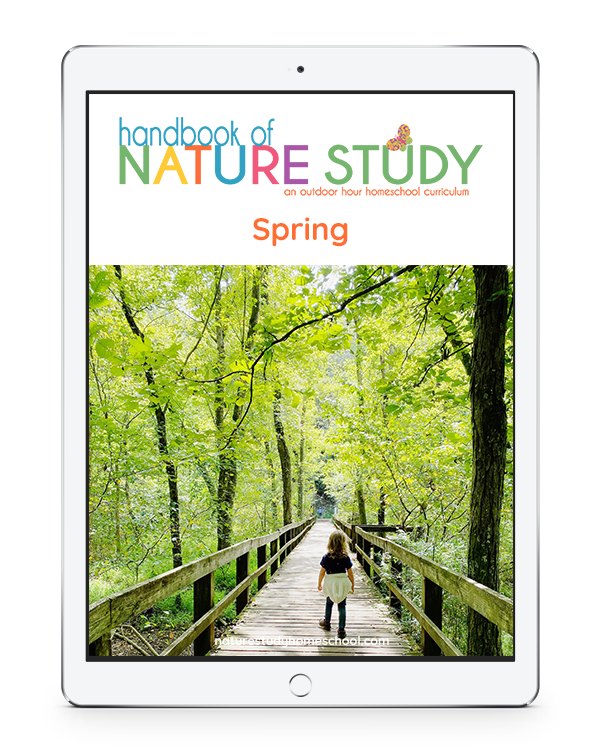
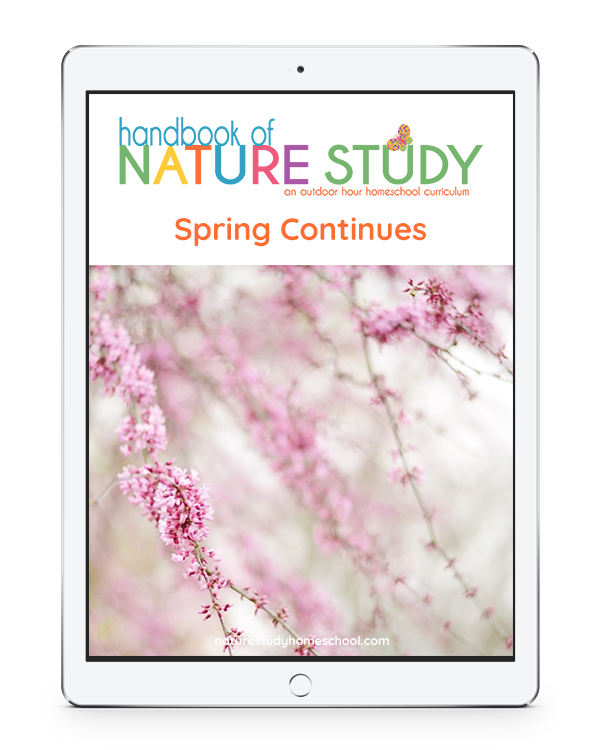
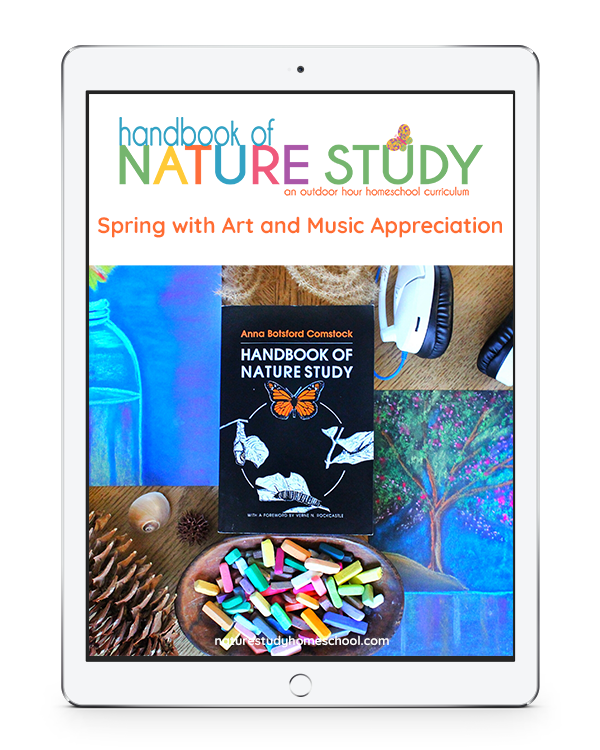
Spring Nature Studies with the Outdoor Hour Challenges
Our Homeschool Nature Study members have access to endless year round nature studies, including these courses with Handbook of Nature Study references, follow up nature journaling activities, printable notebook and journaling pages and resources to inspire and guide you.
Be inspired. Be encouraged. Get outdoors!

Amy Law is wife to Jeremy, and mom to three. They homeschool using Charlotte Mason’s principles, and love to spend lots of time in nature! You can often find them hiking the beautiful trails of their beloved Tennessee hills, while Amy attempts to capture the beauty of it all with her camera lens.

